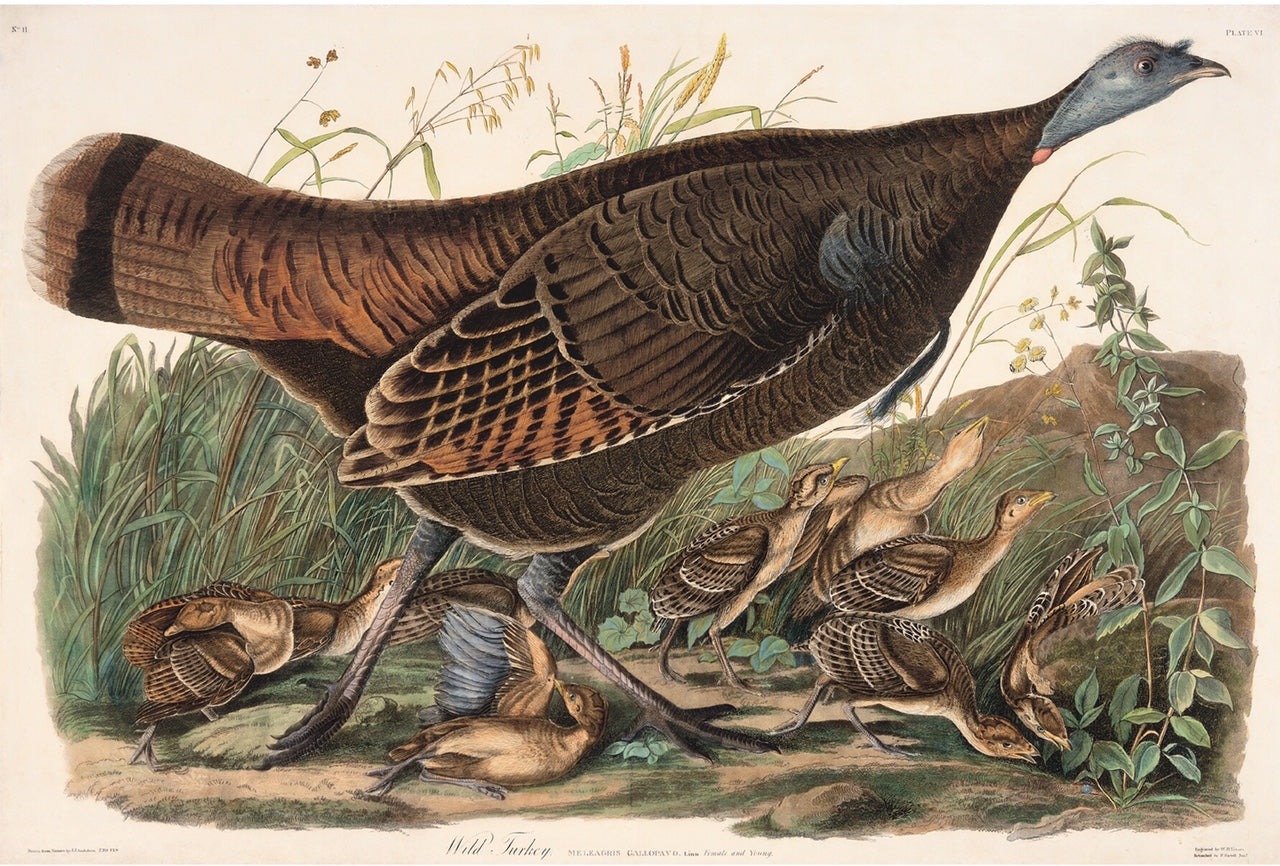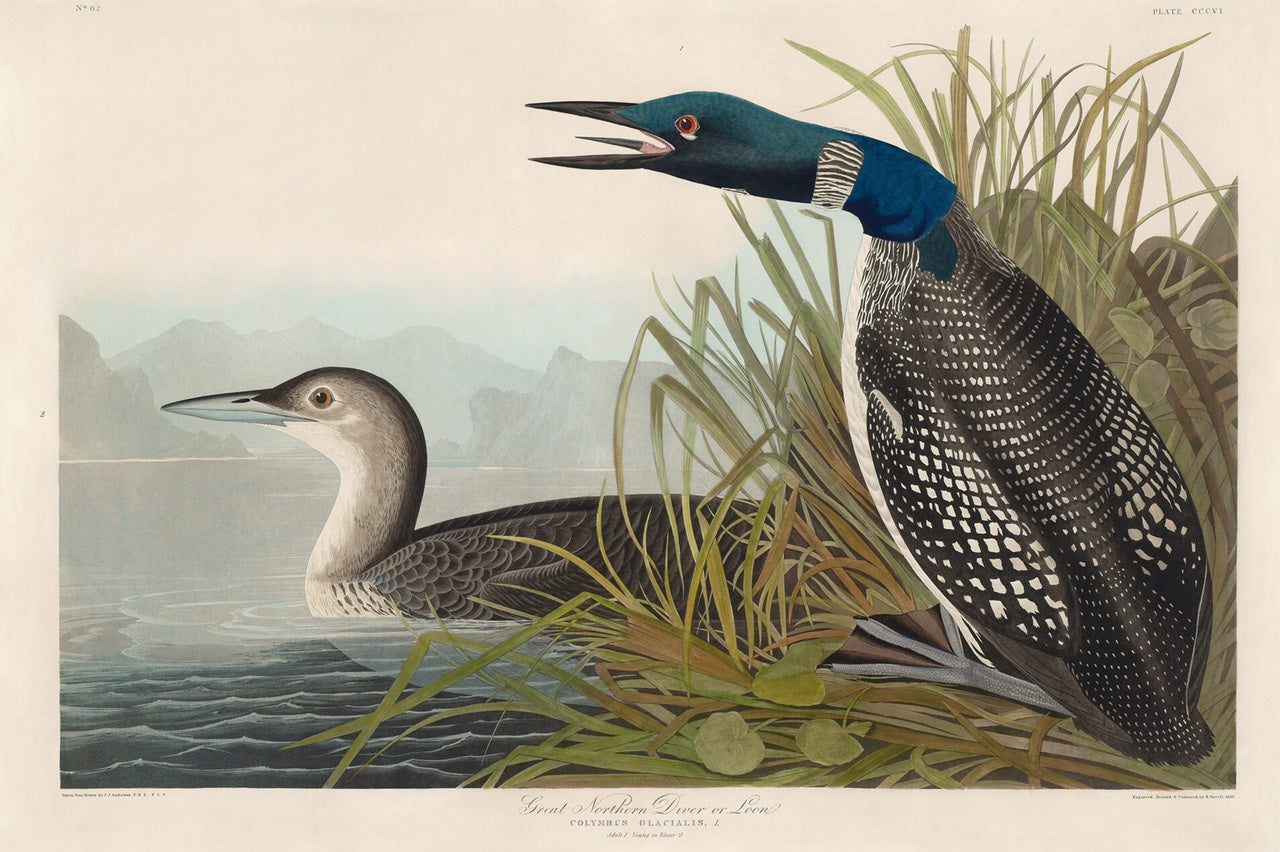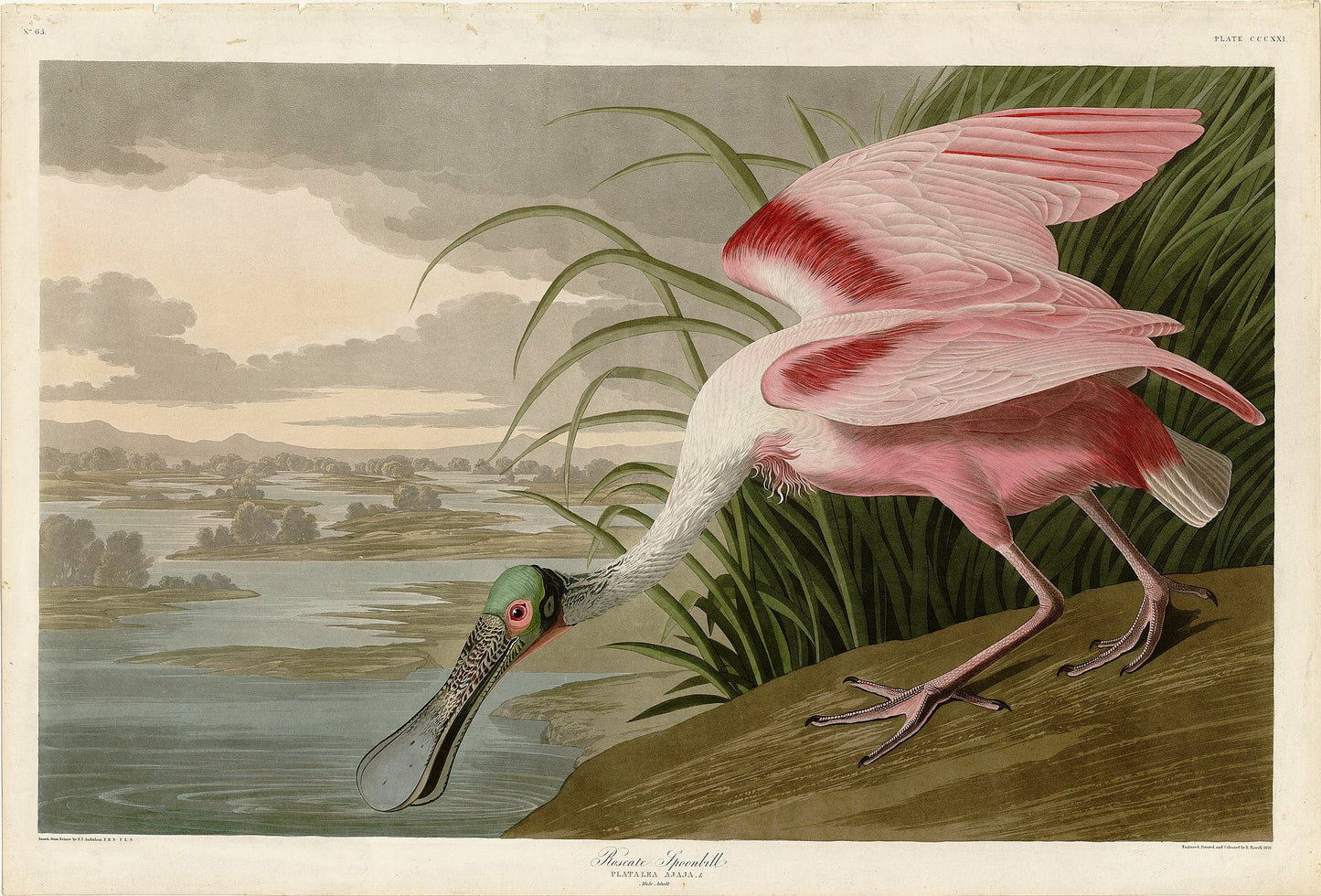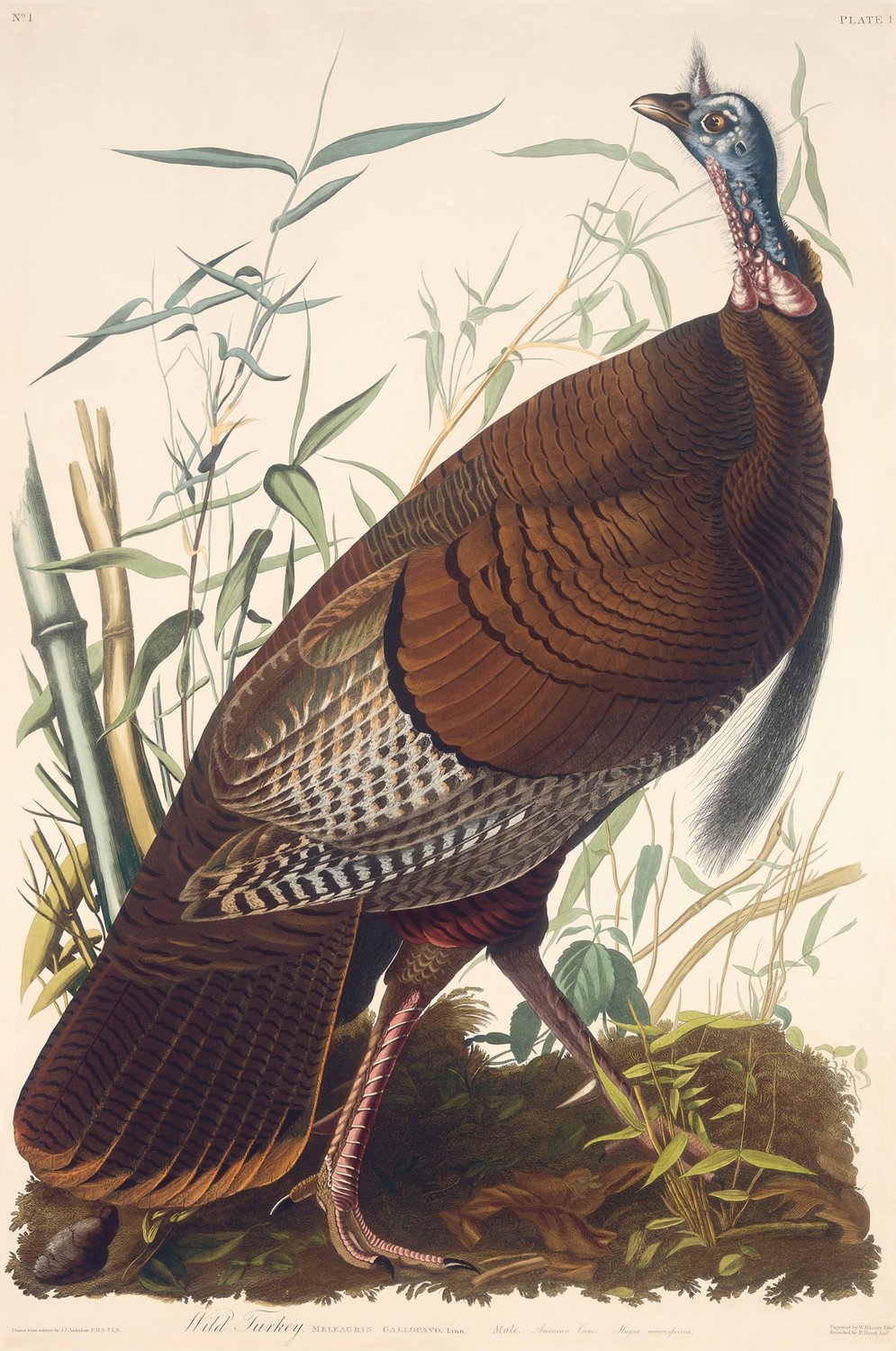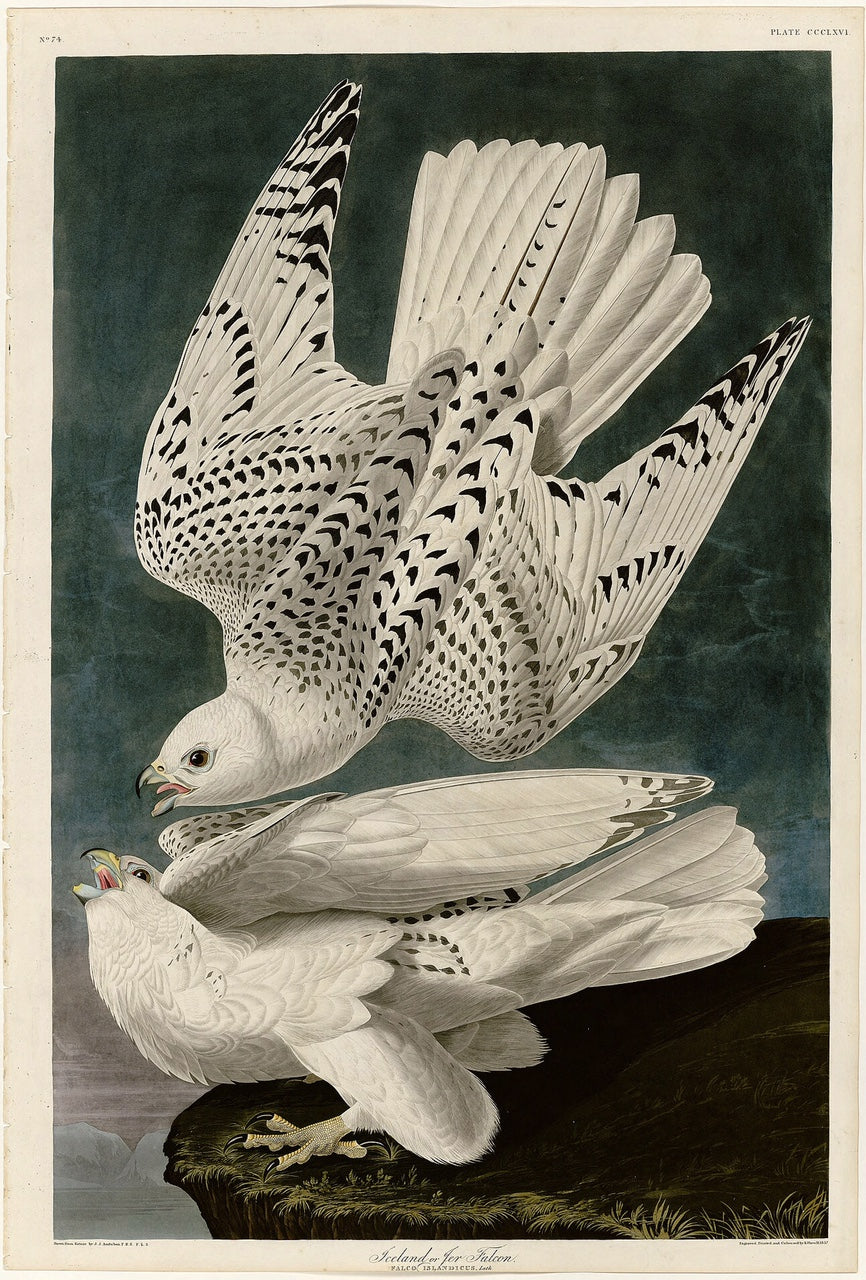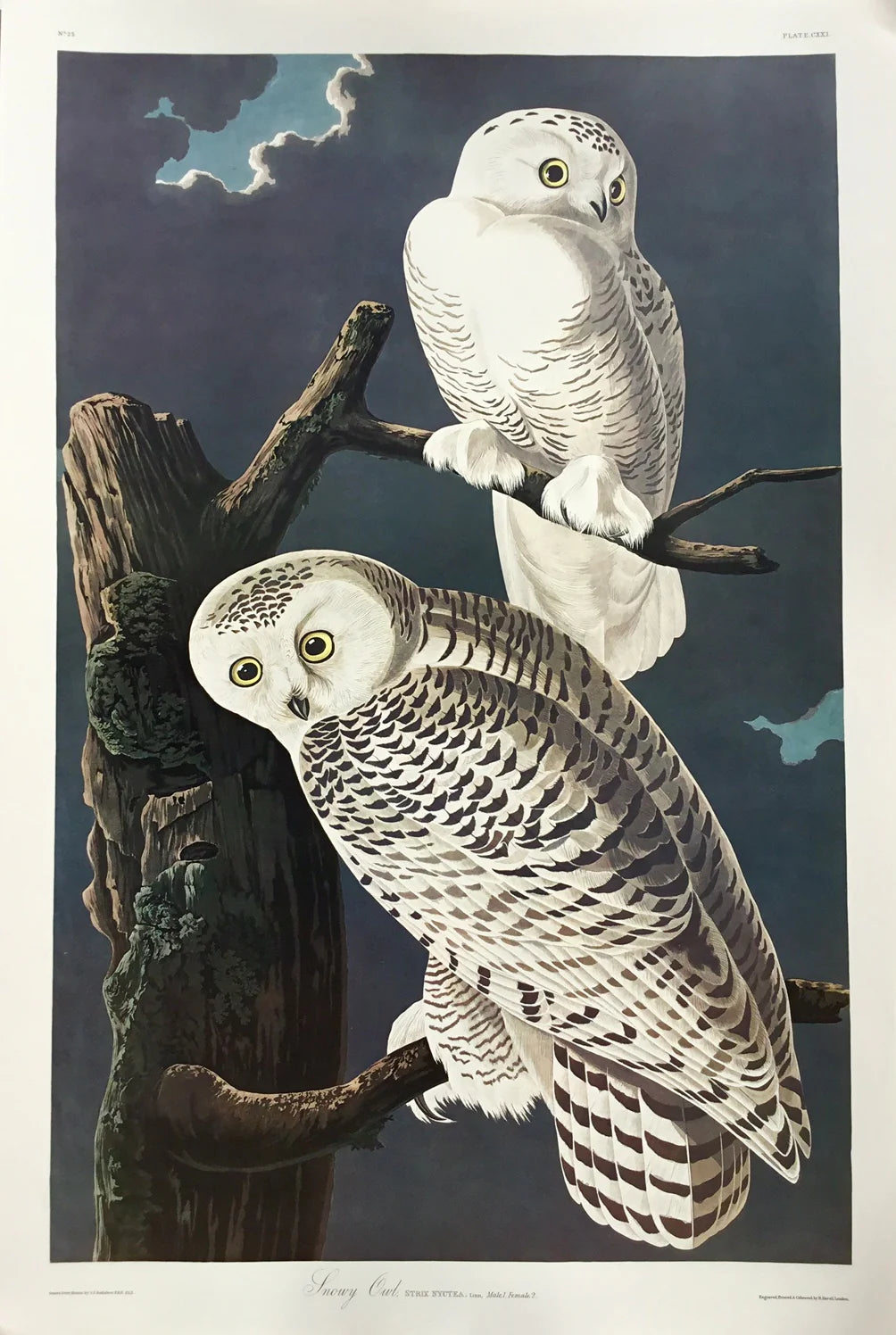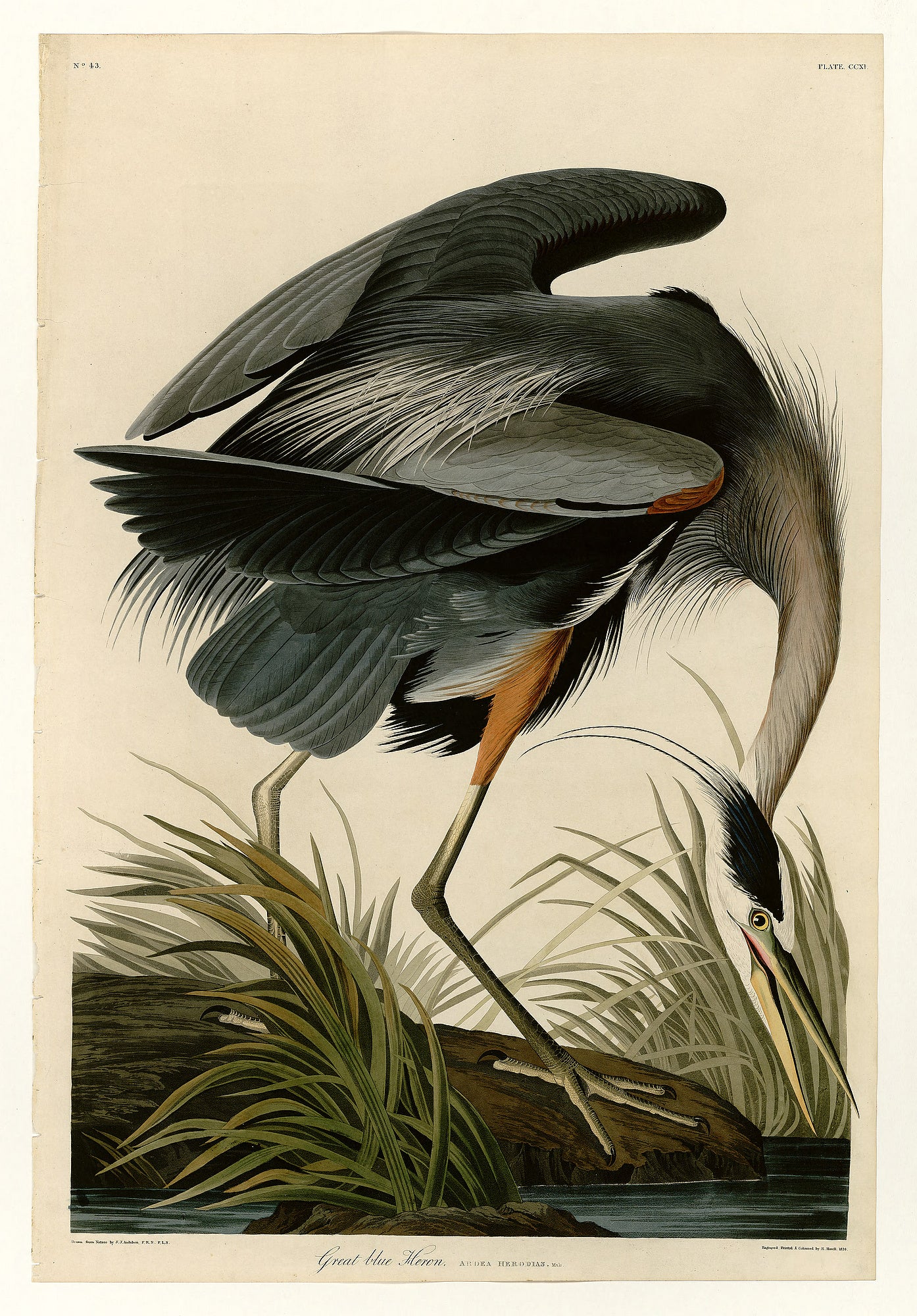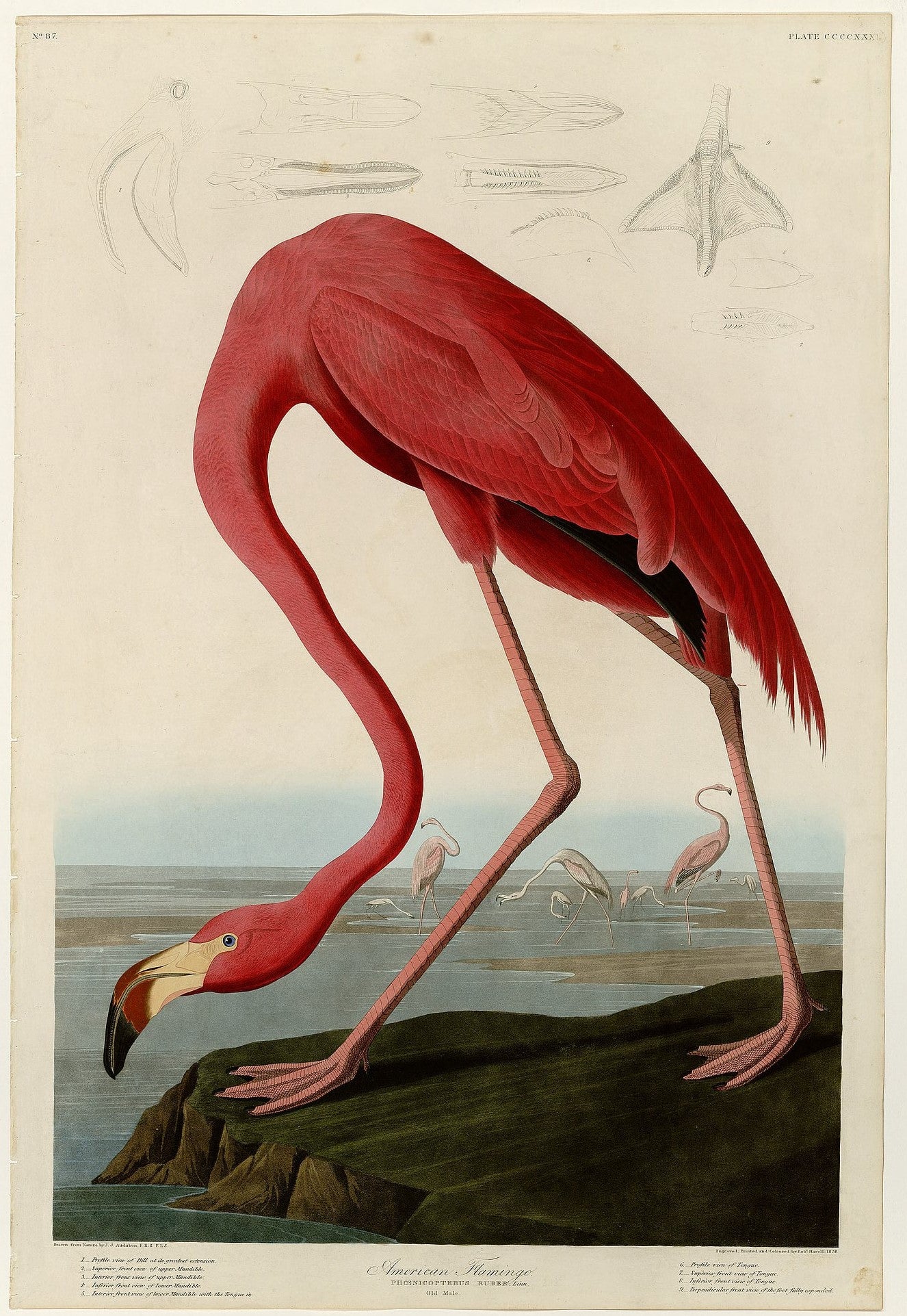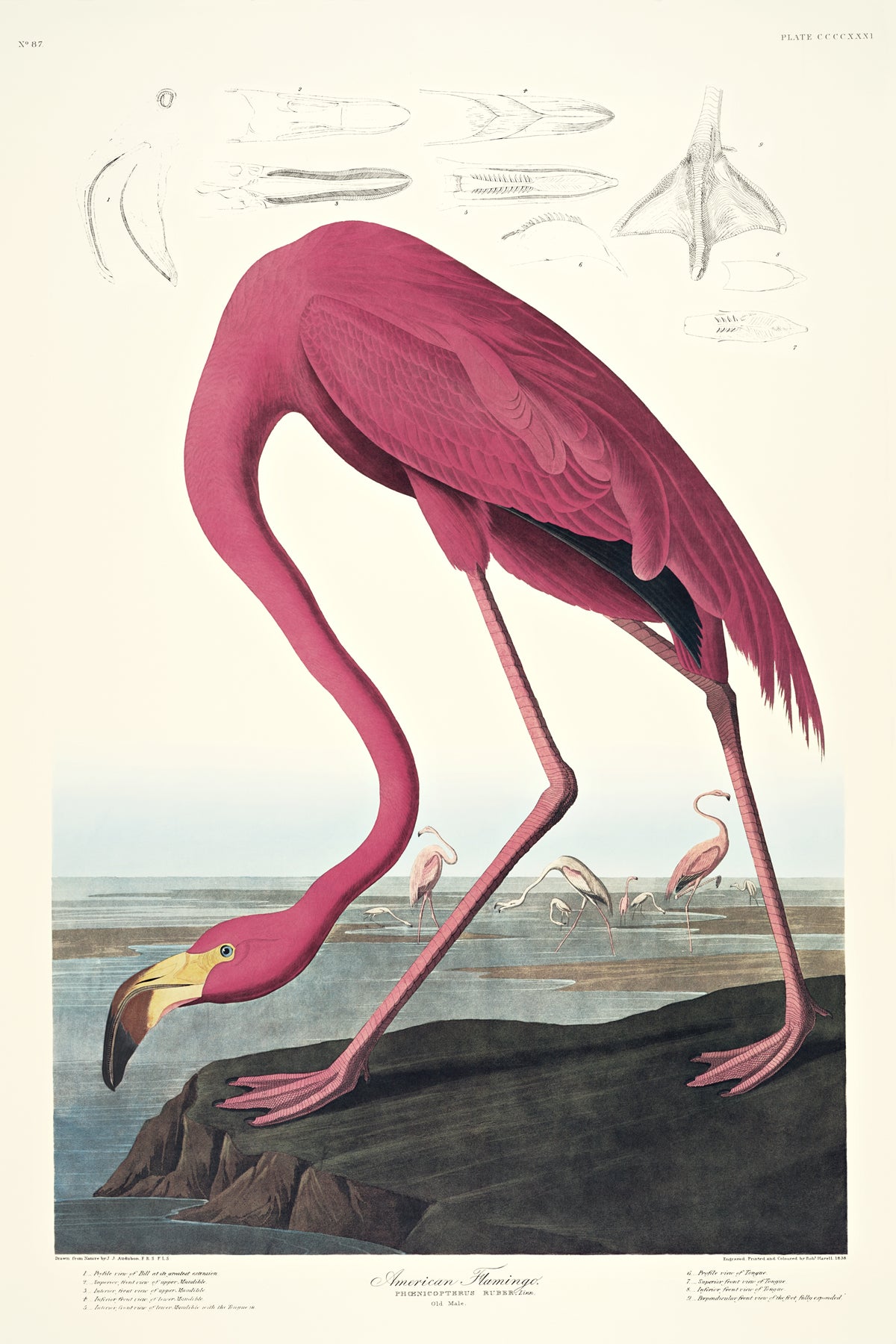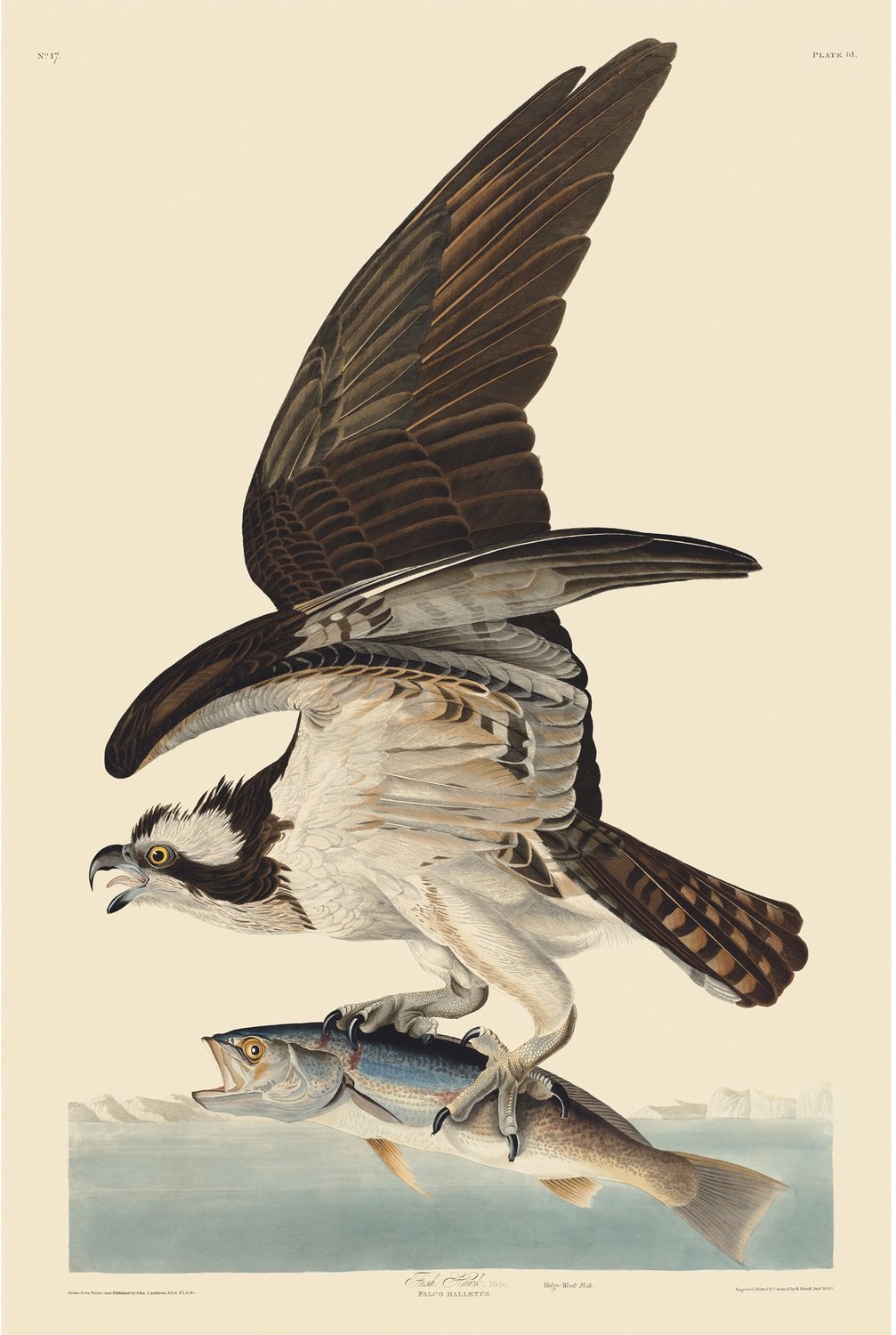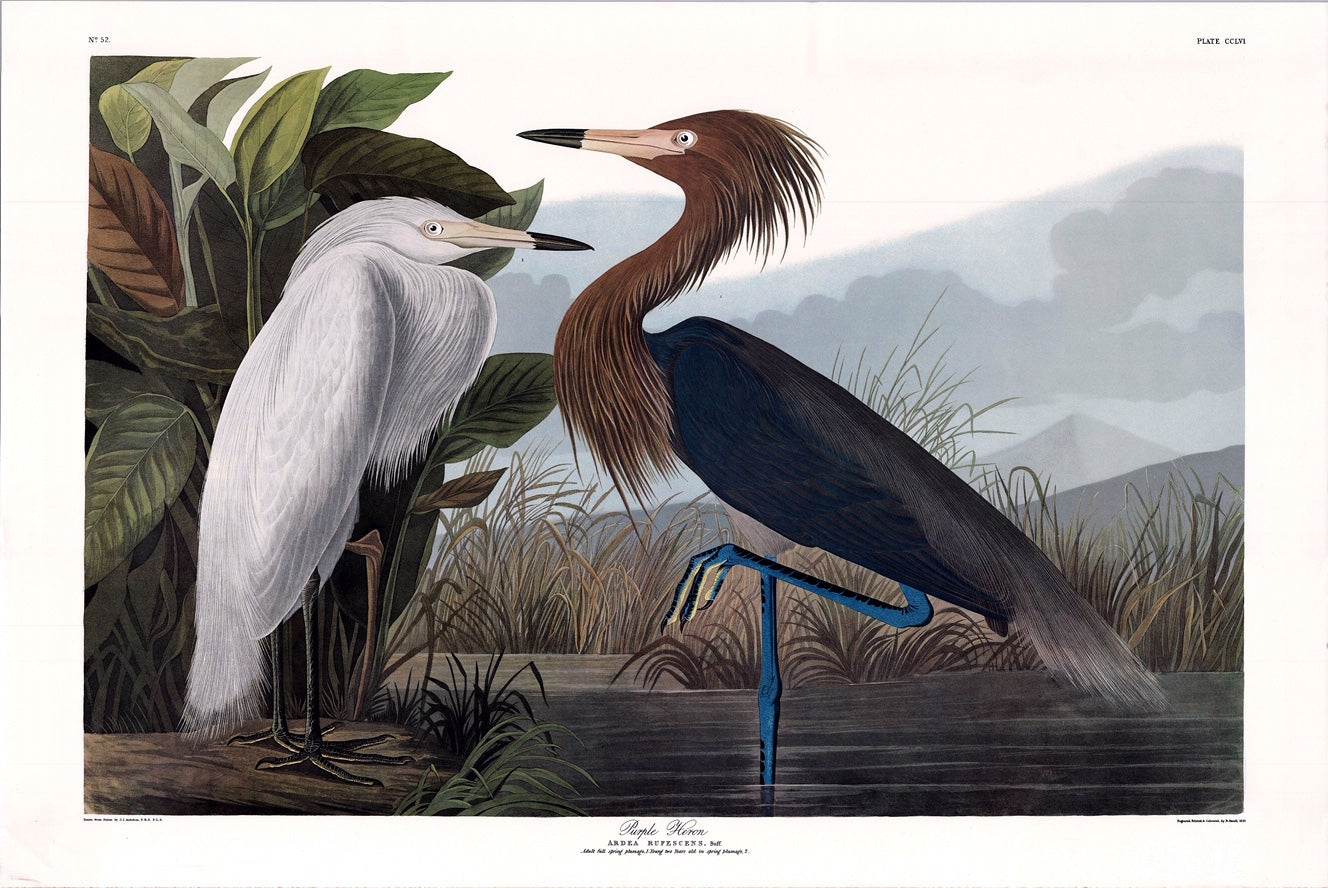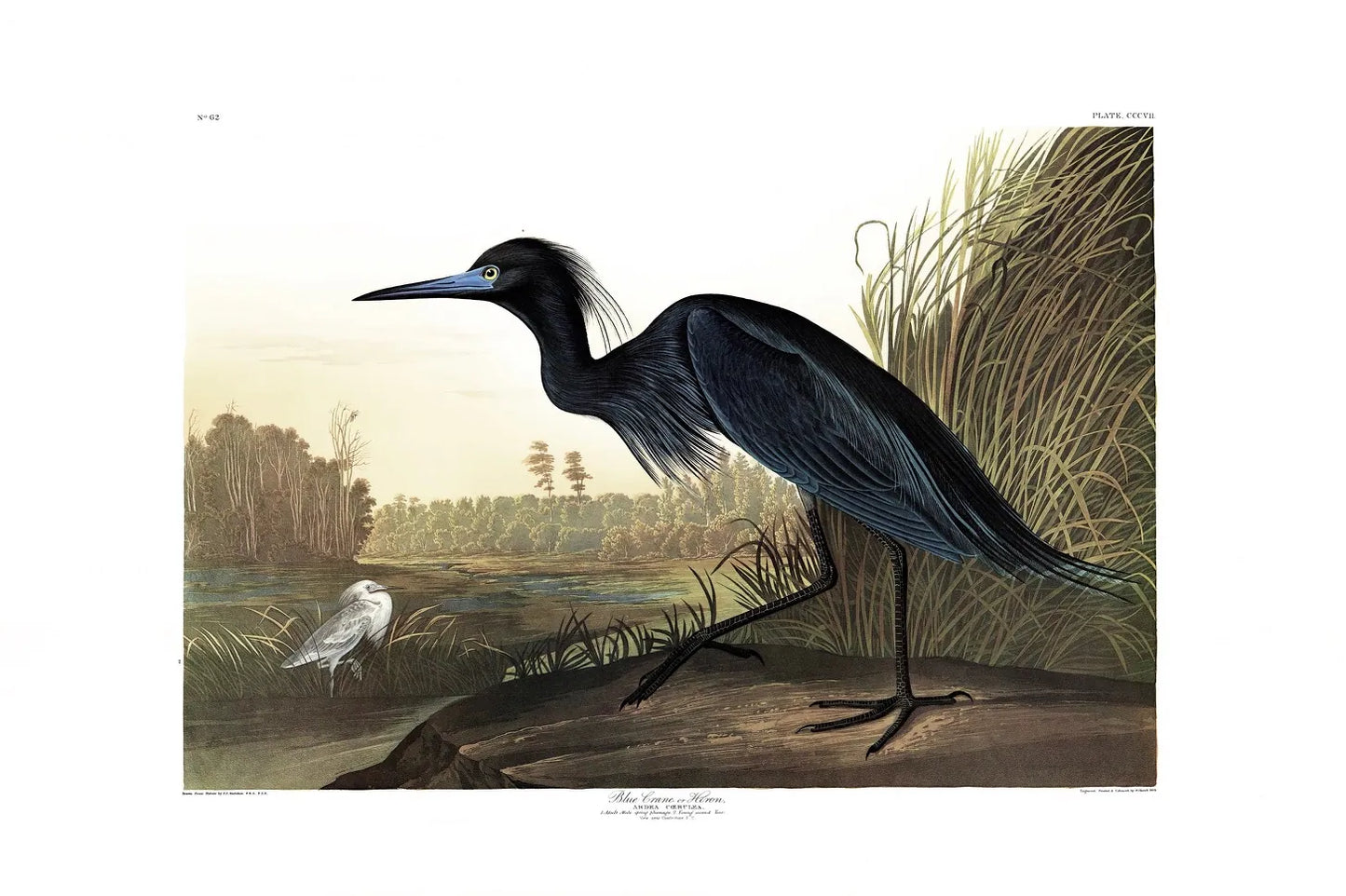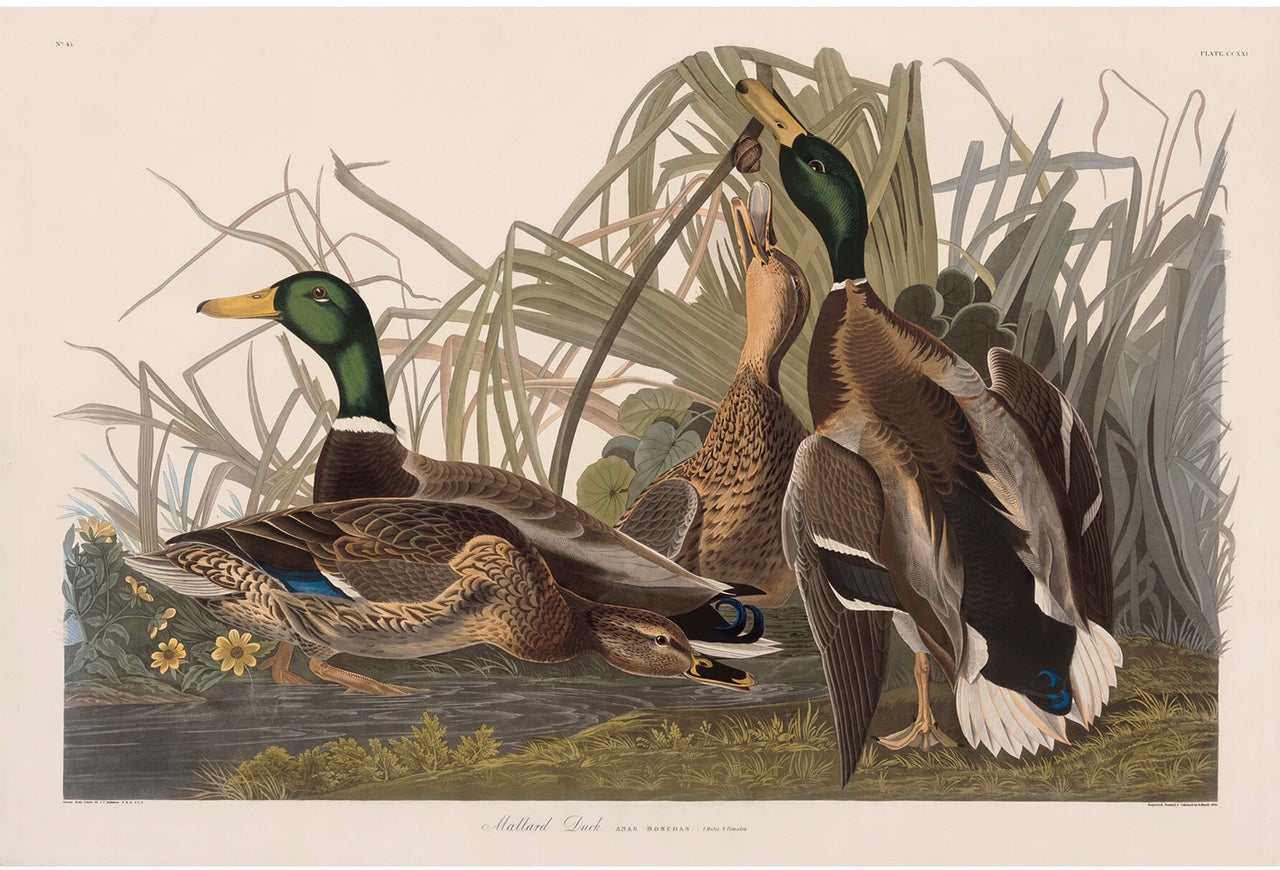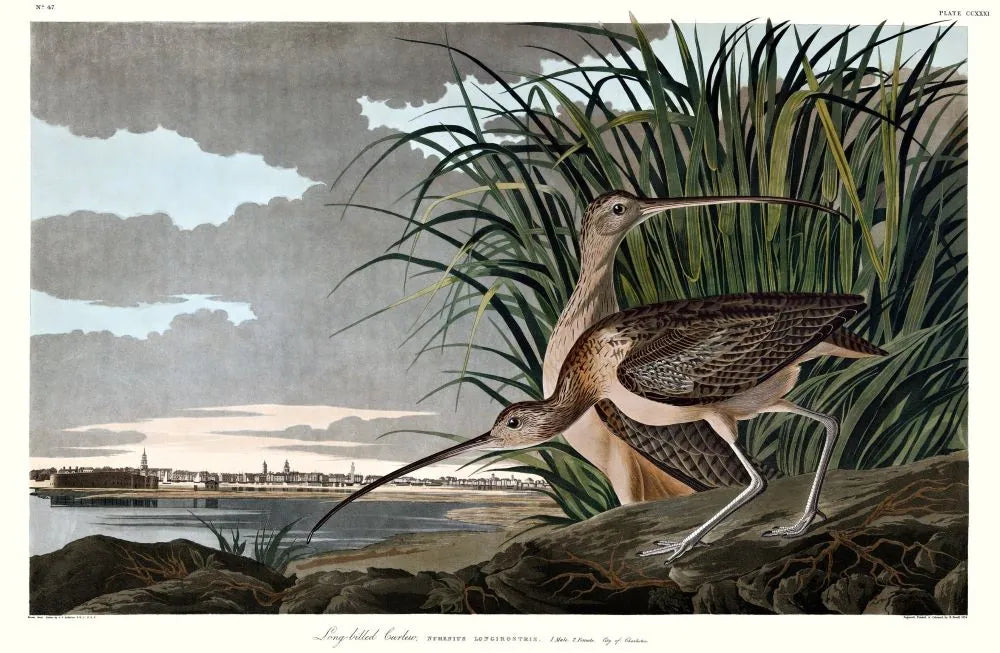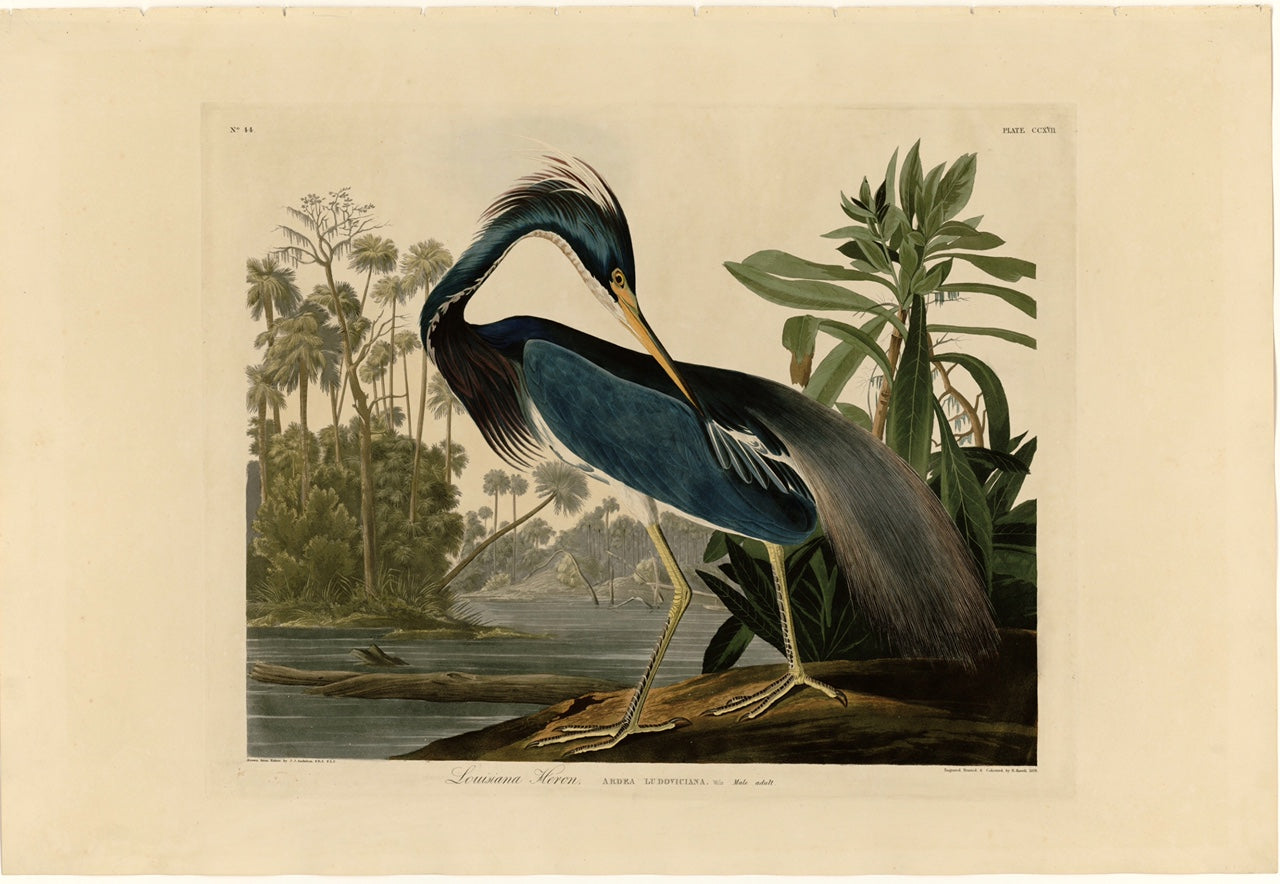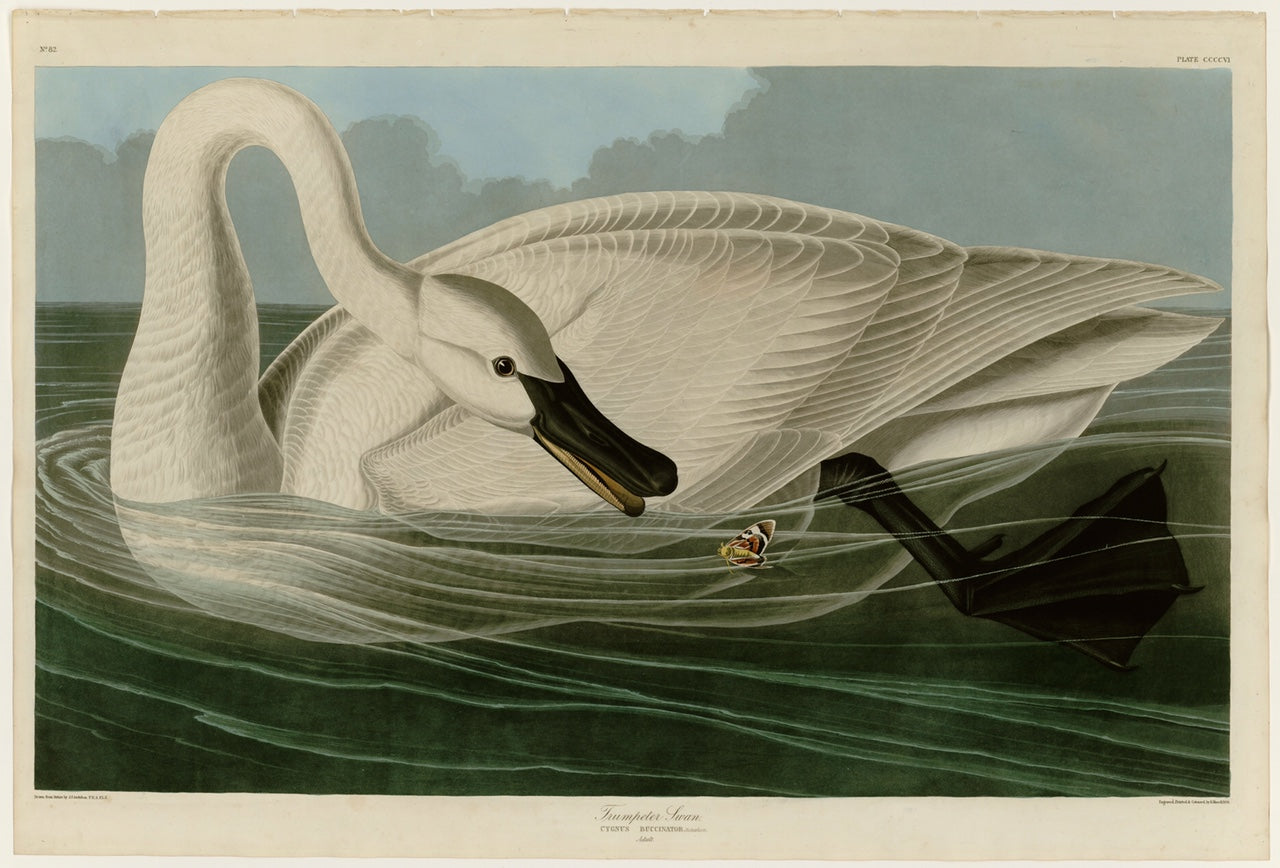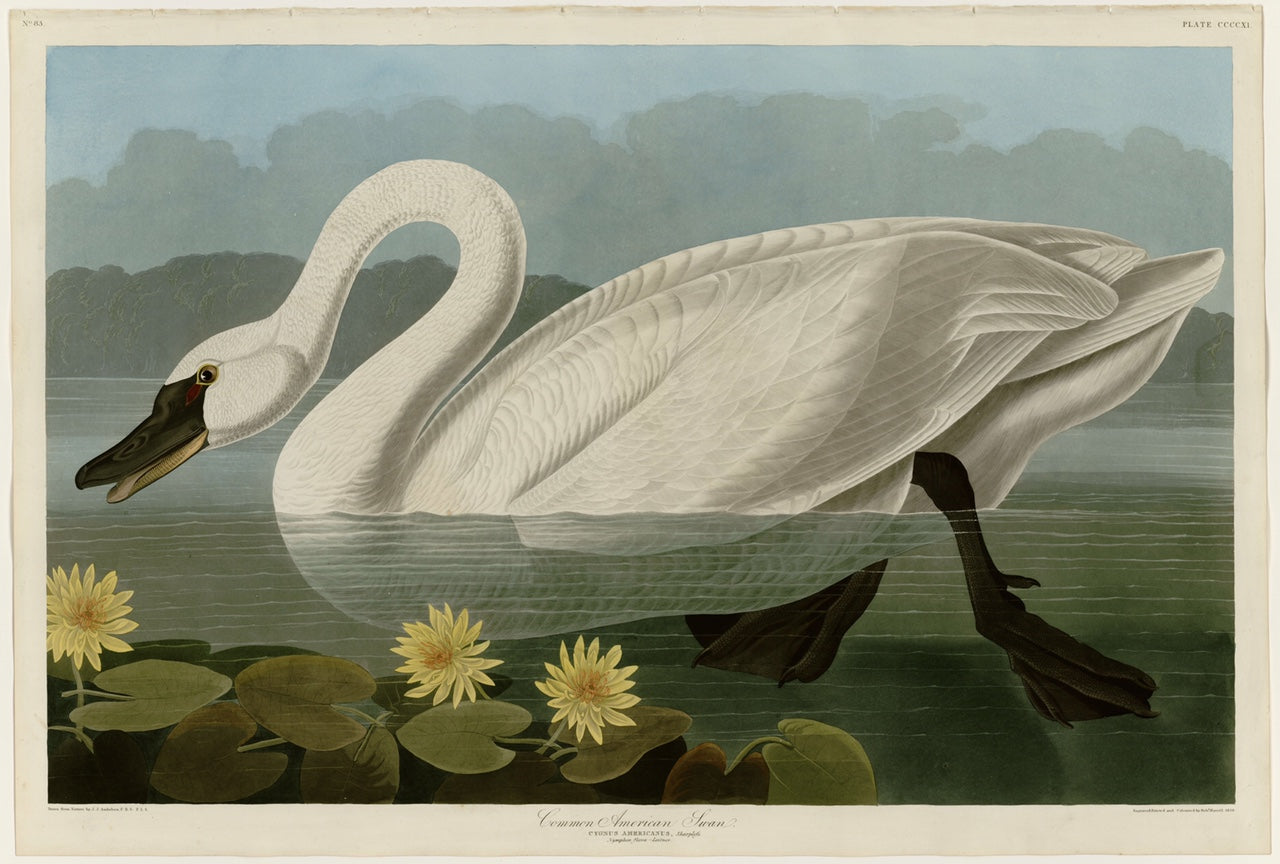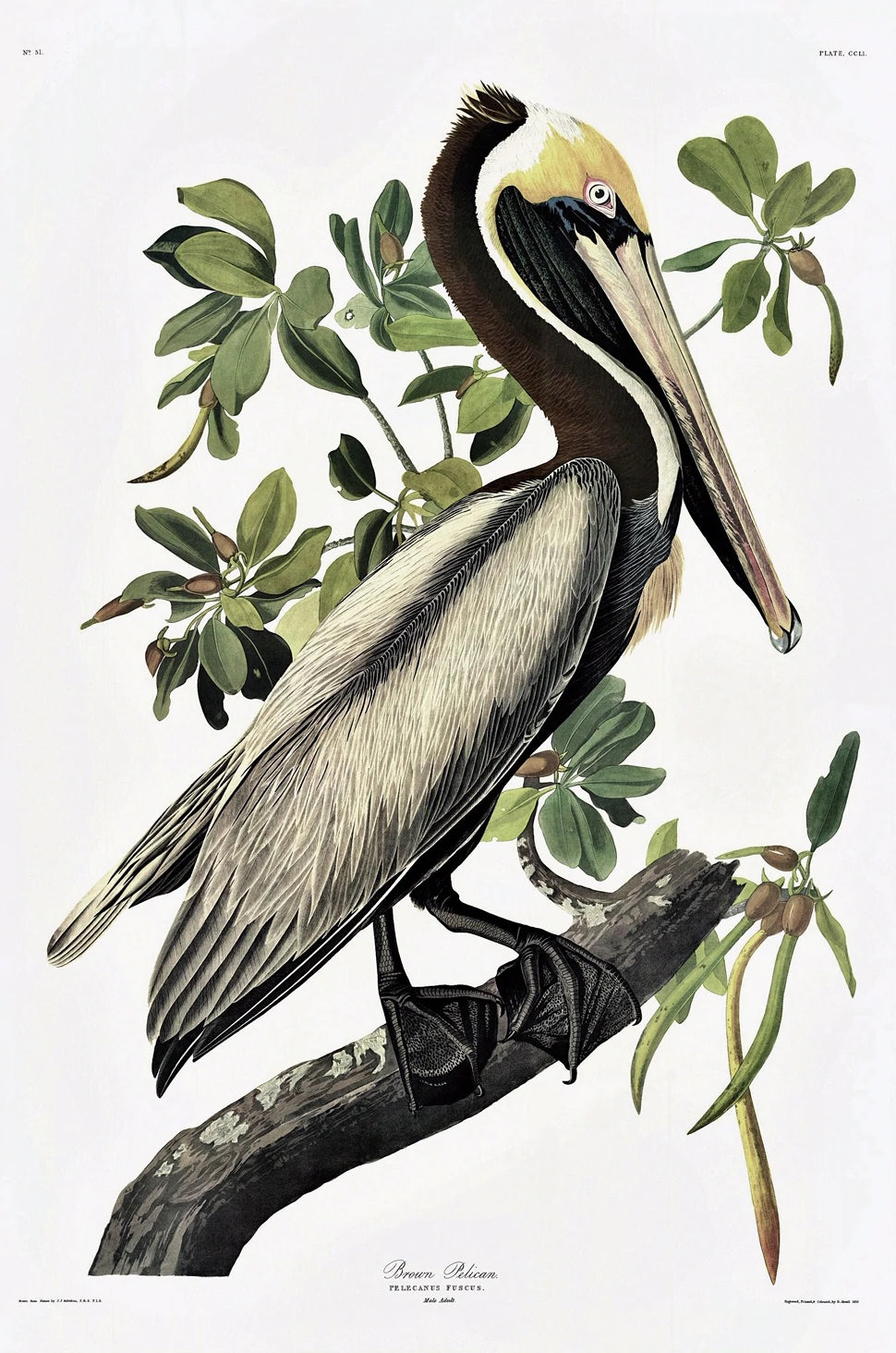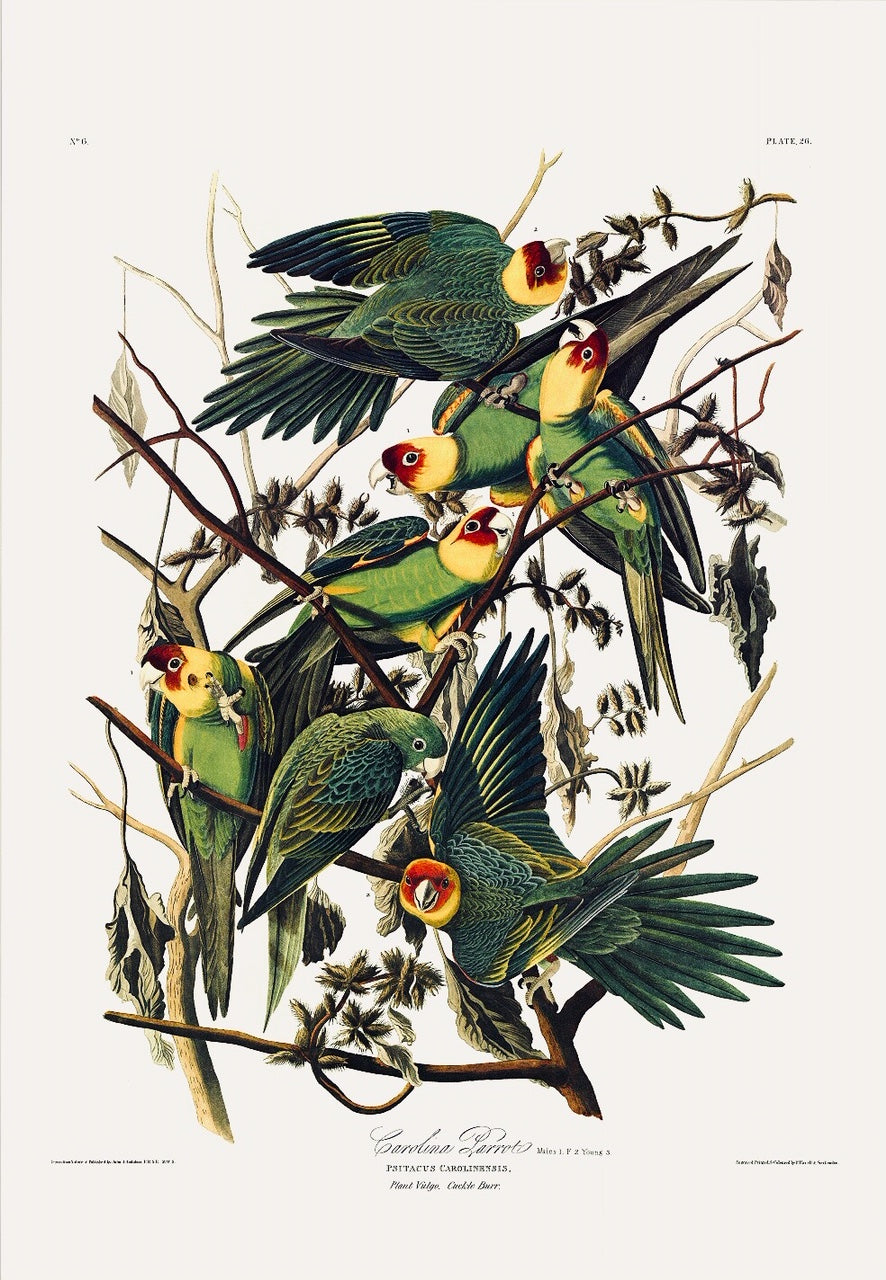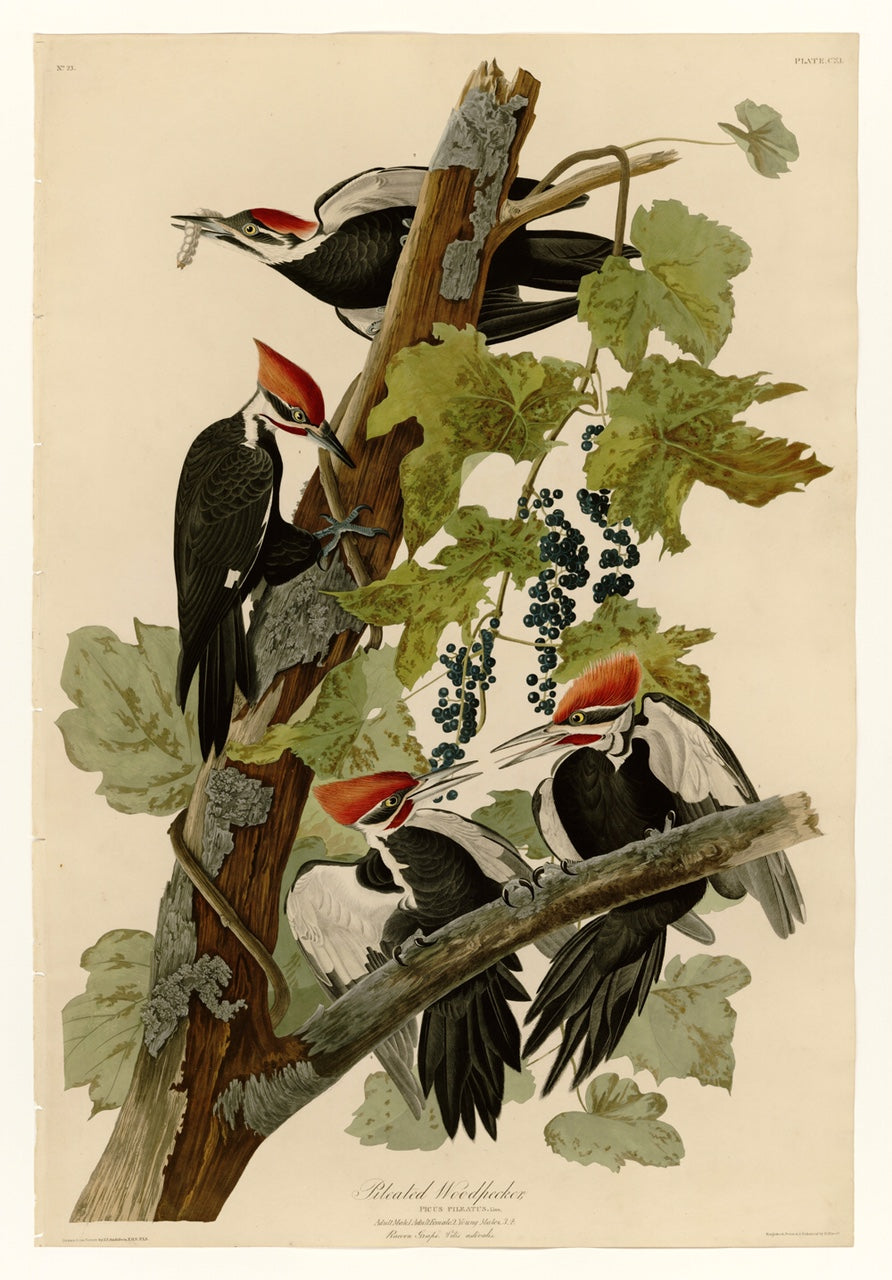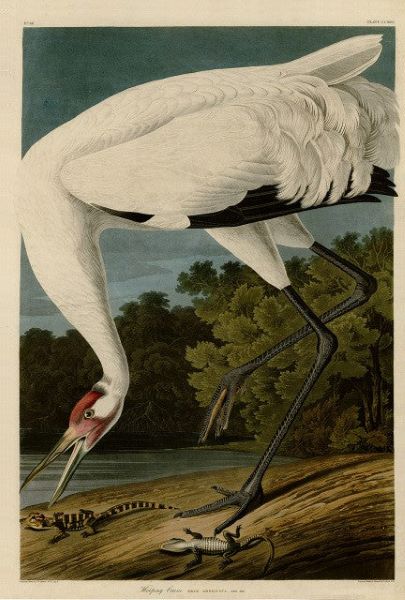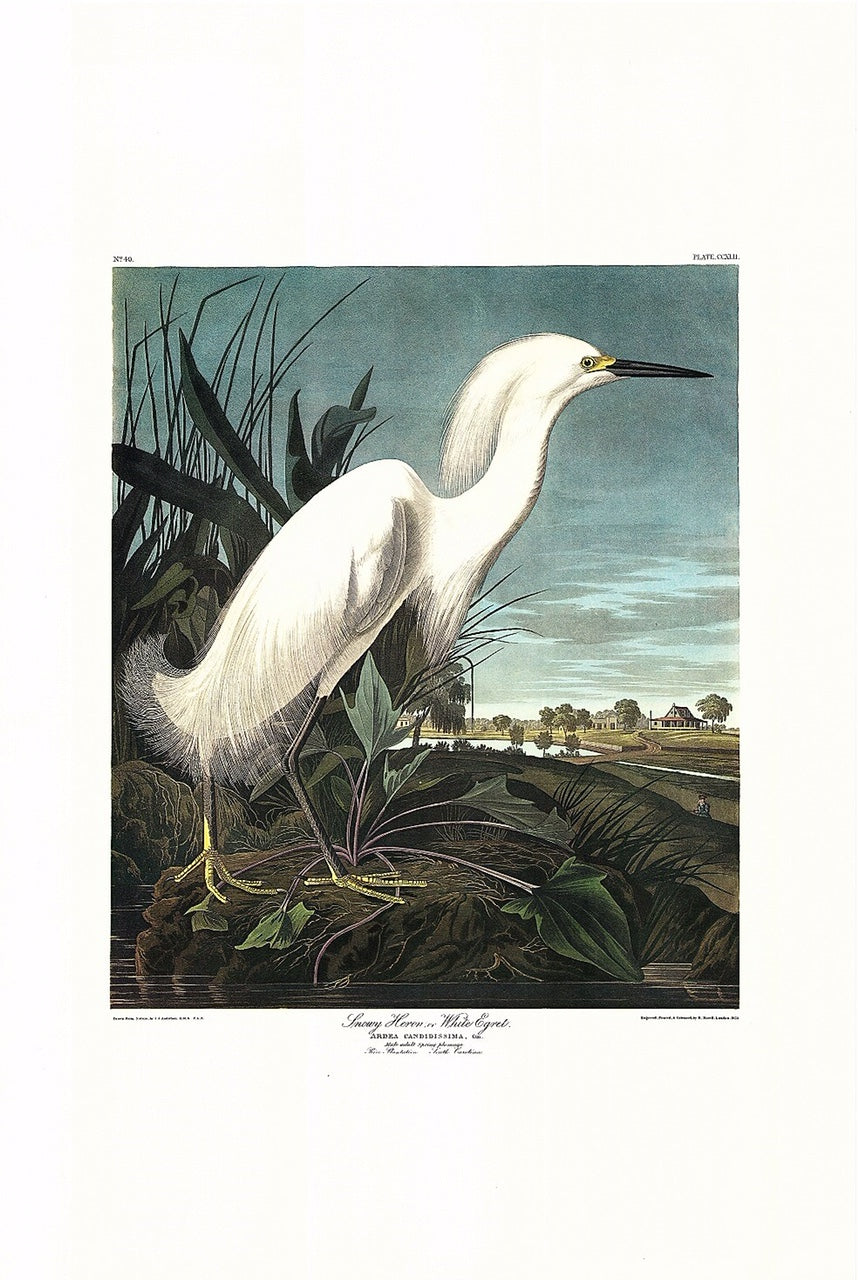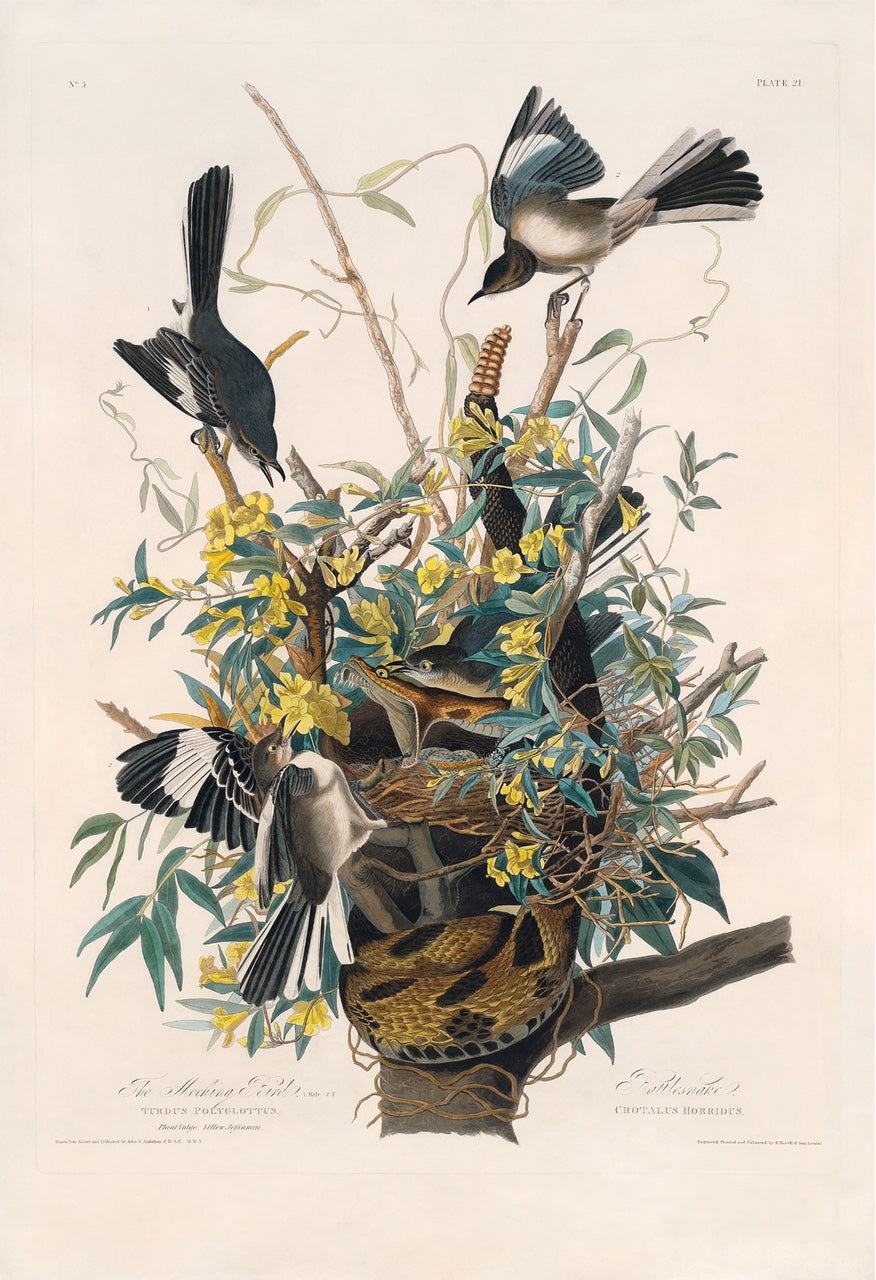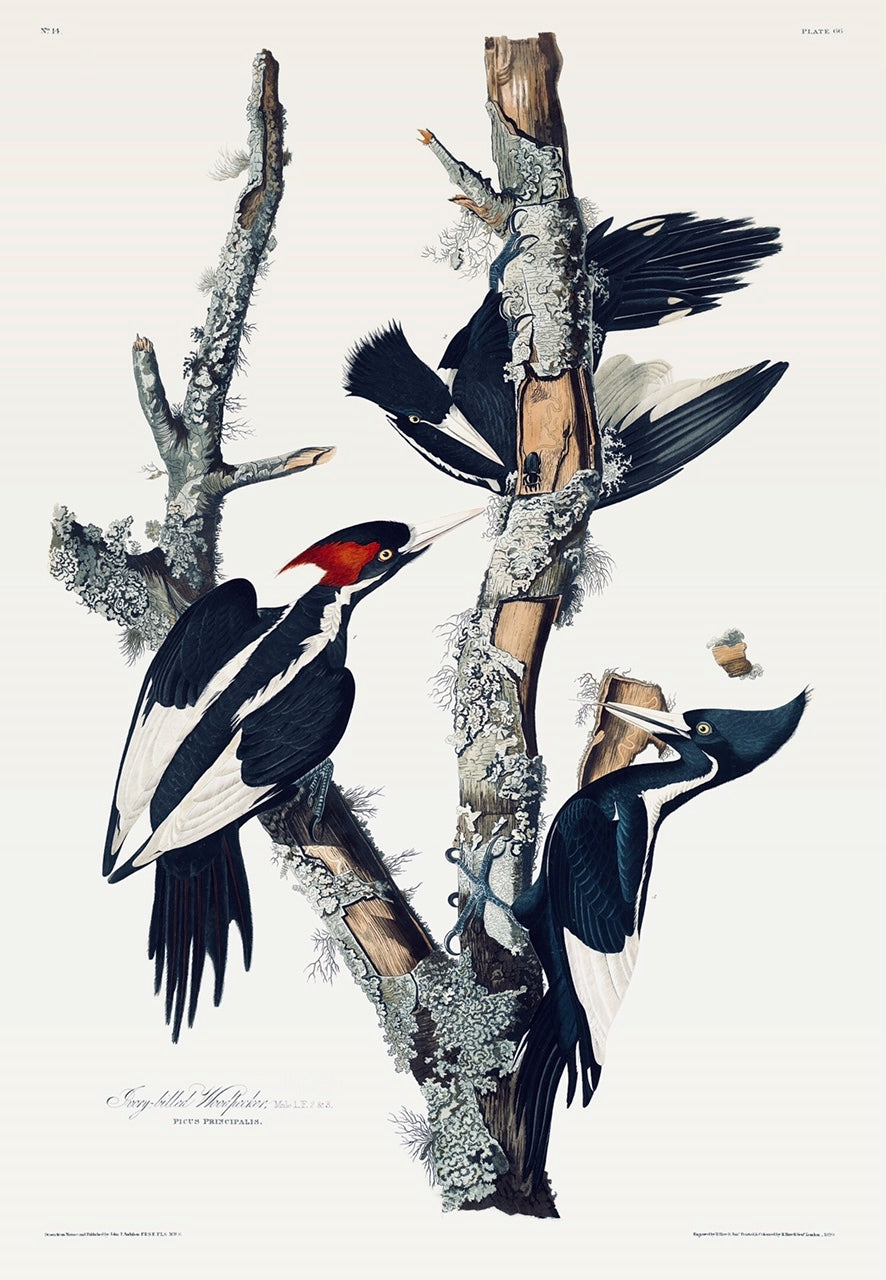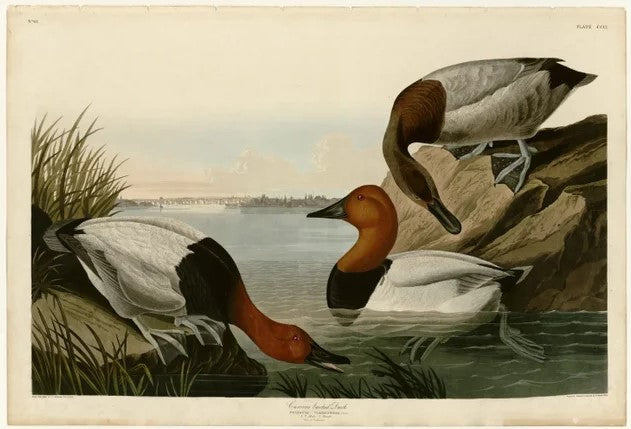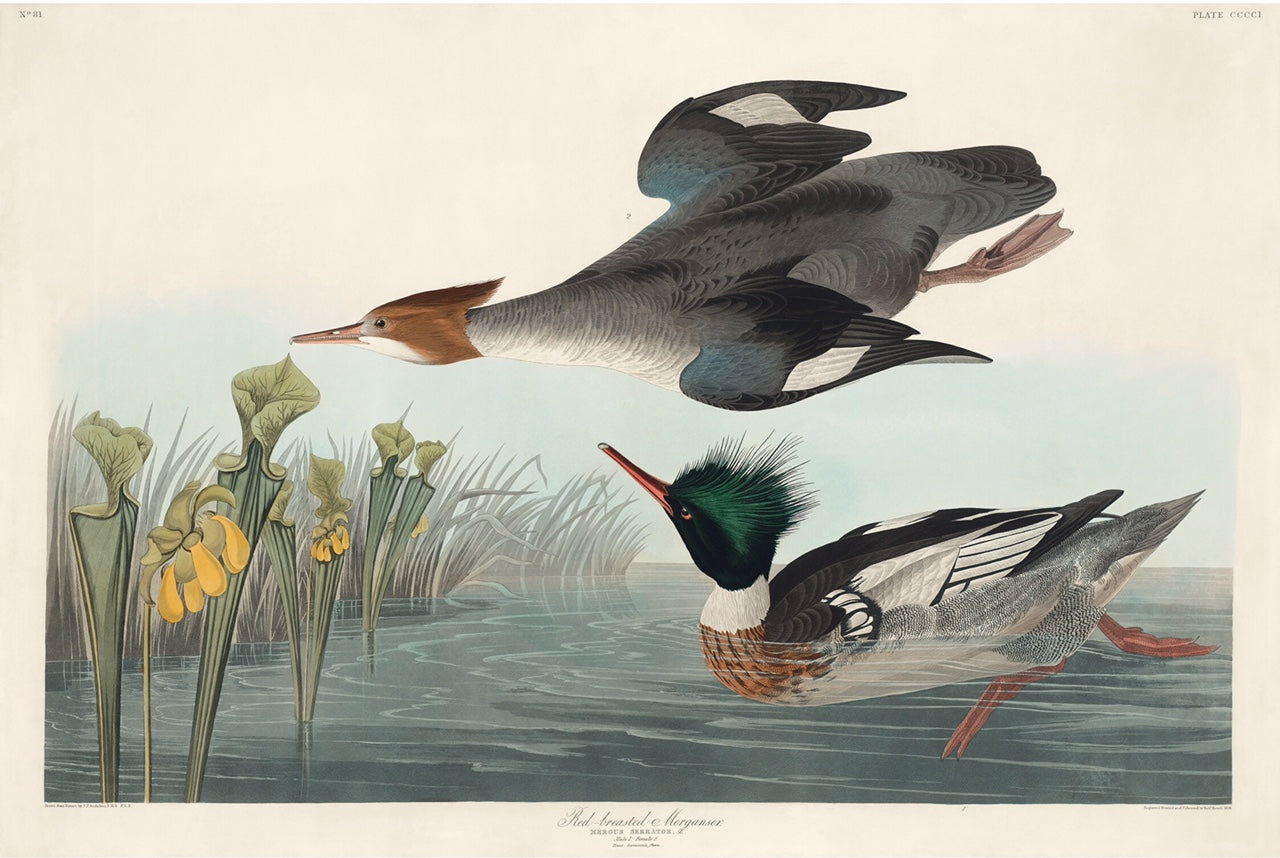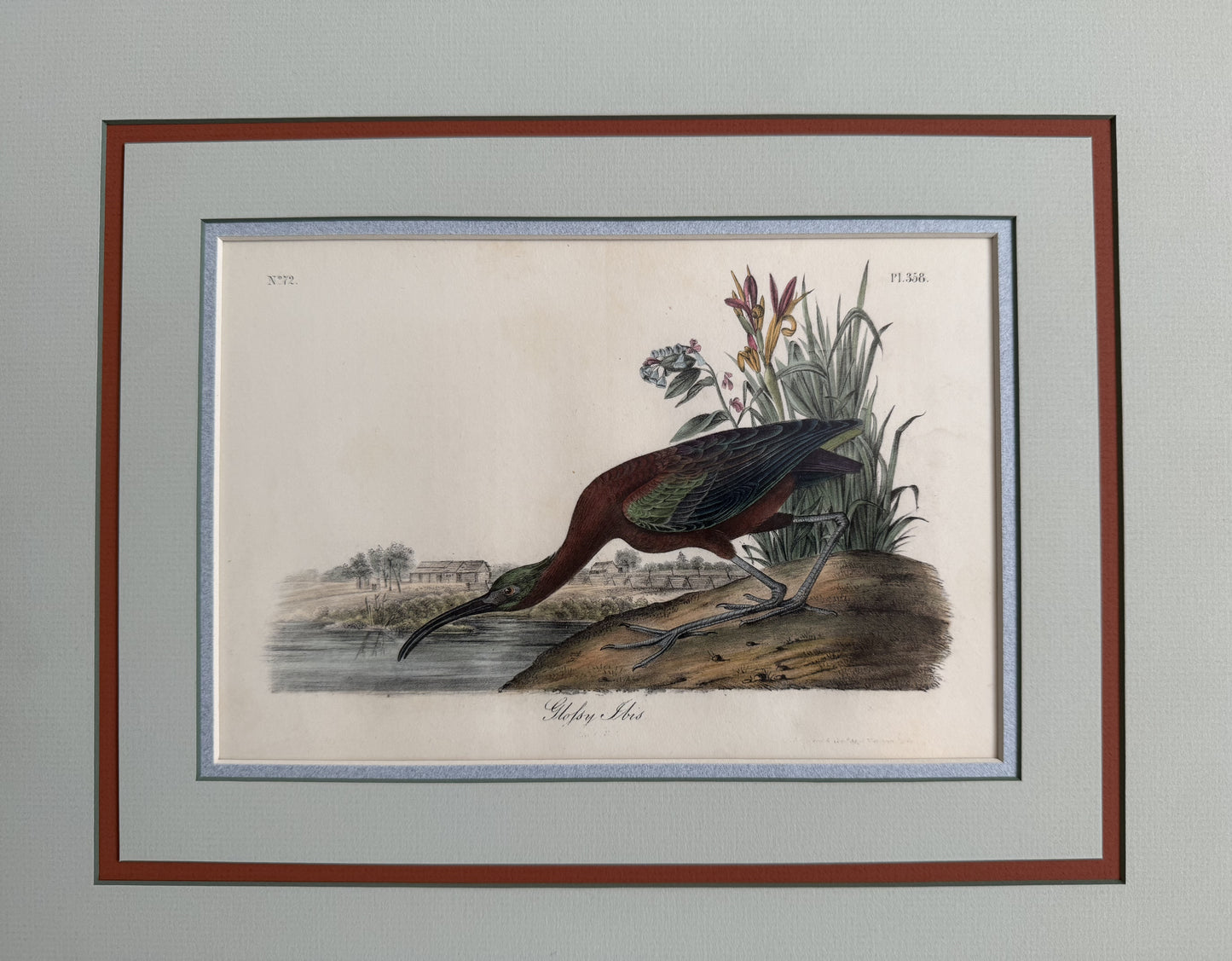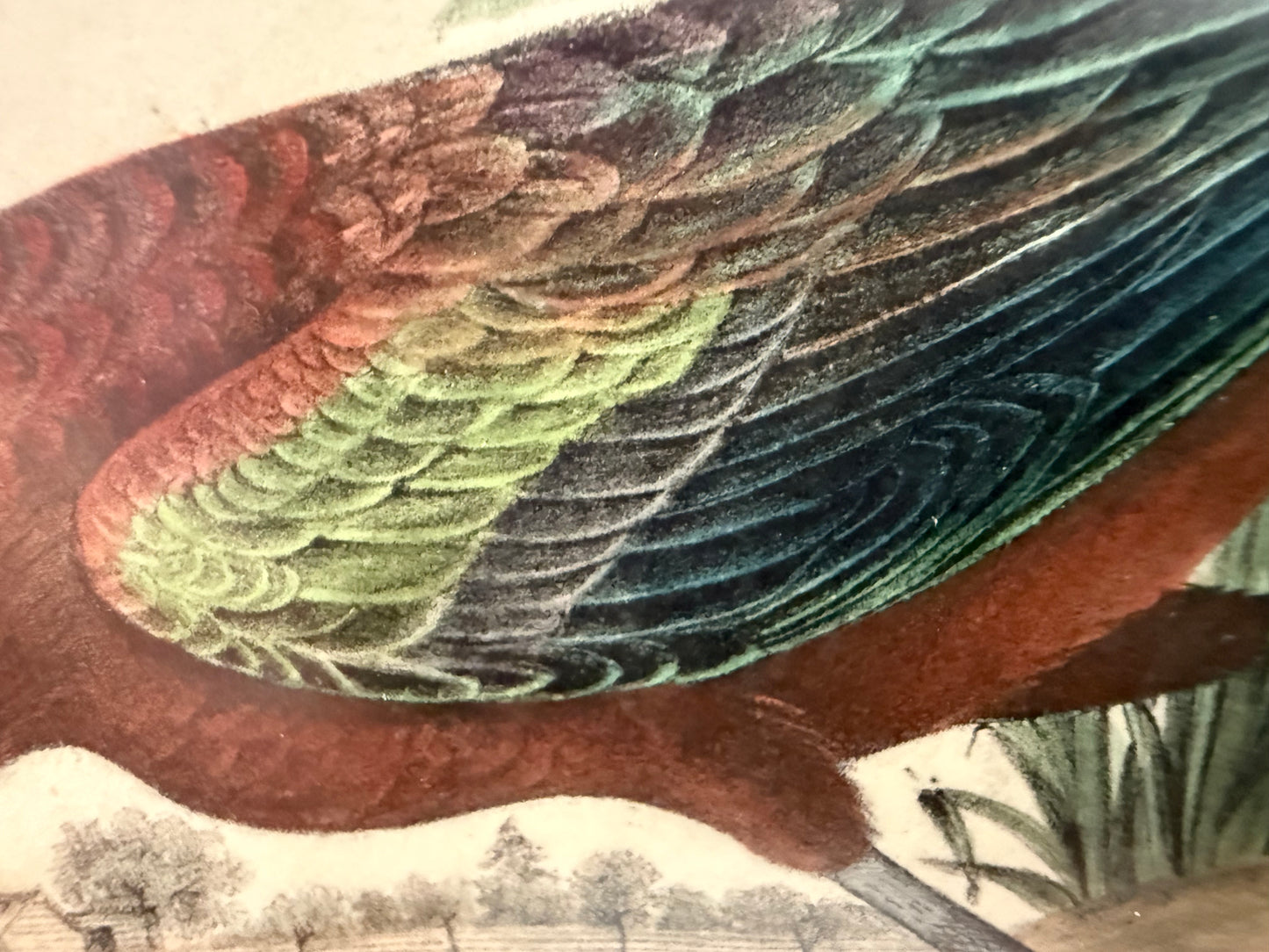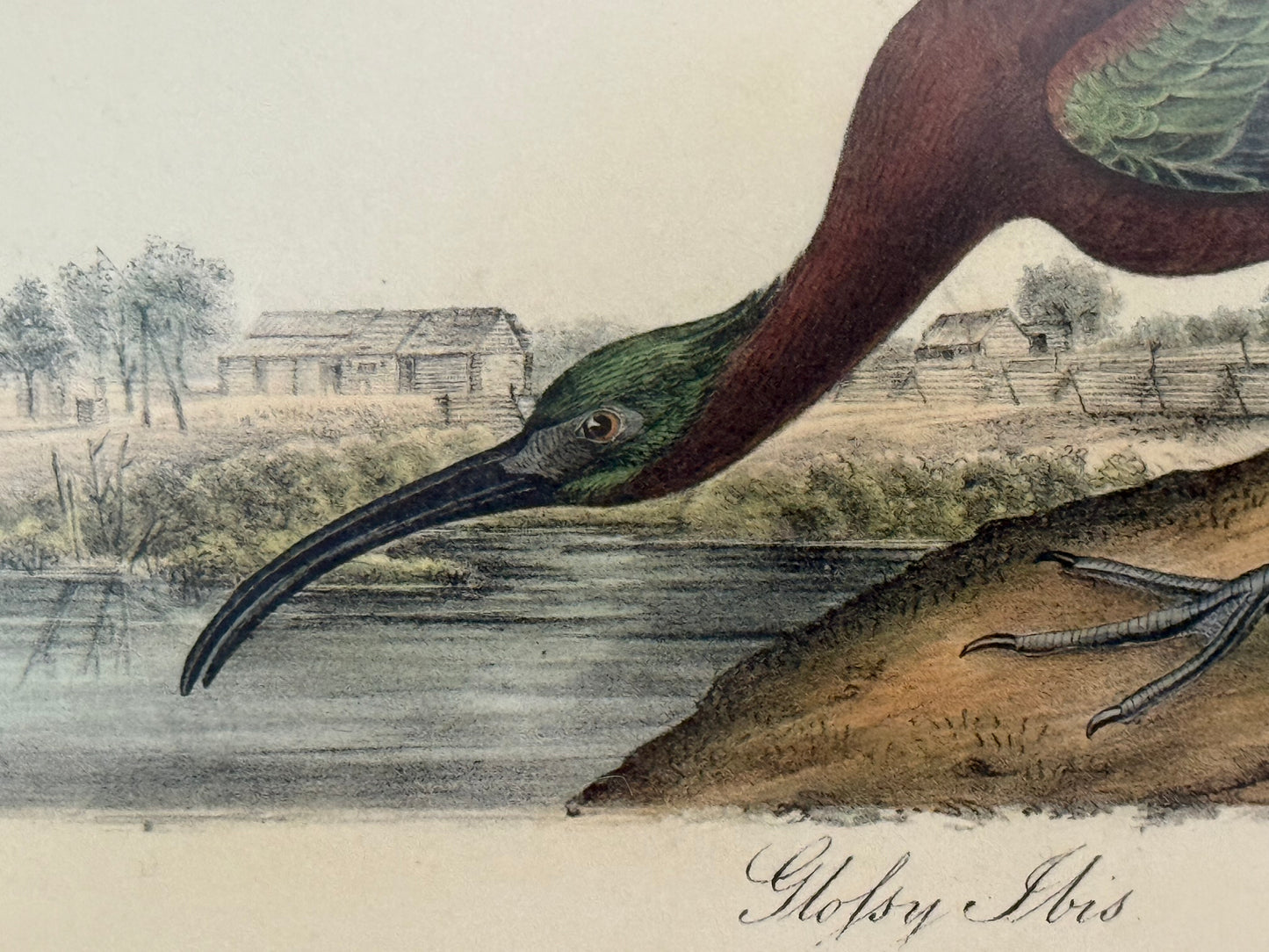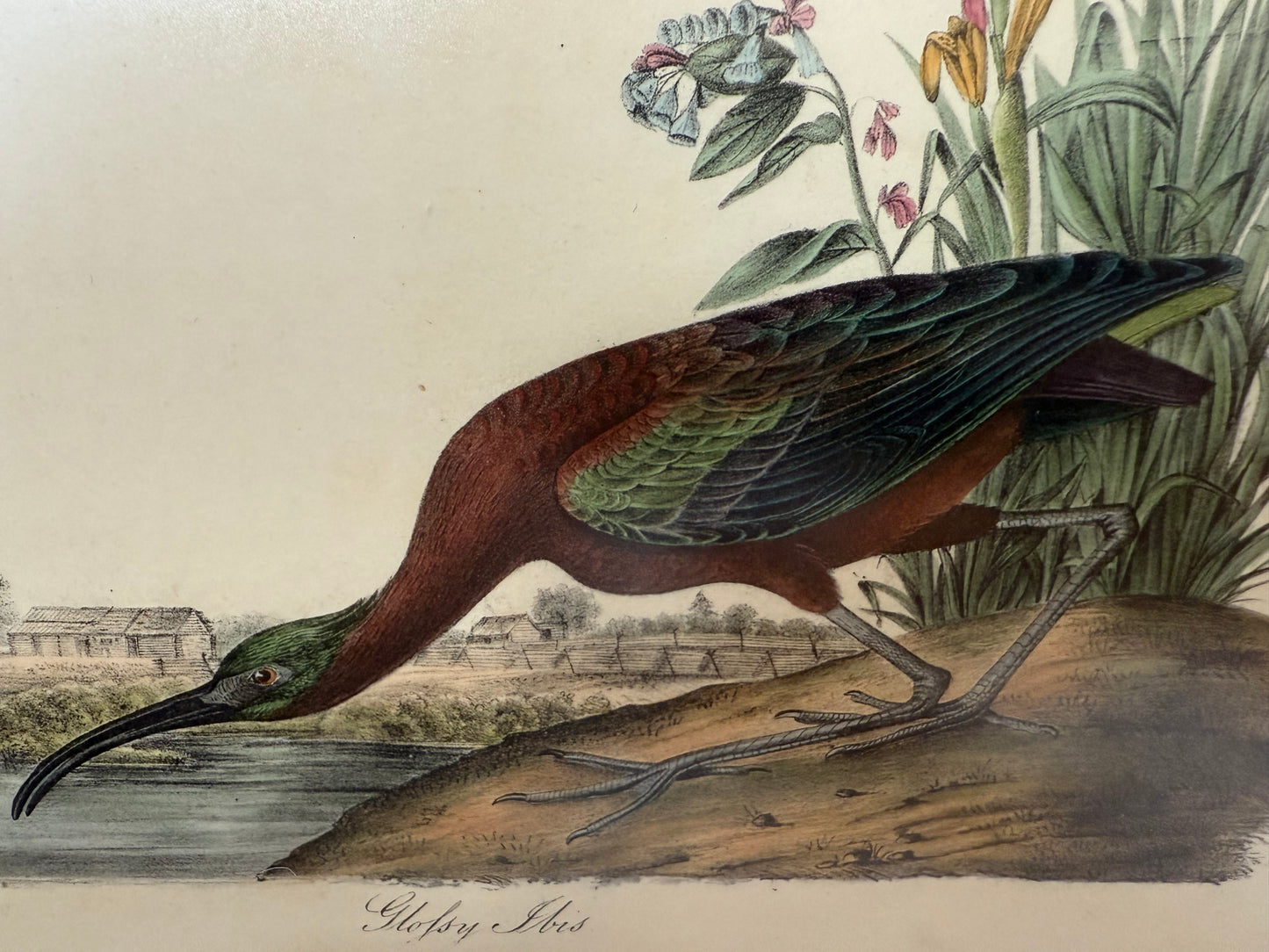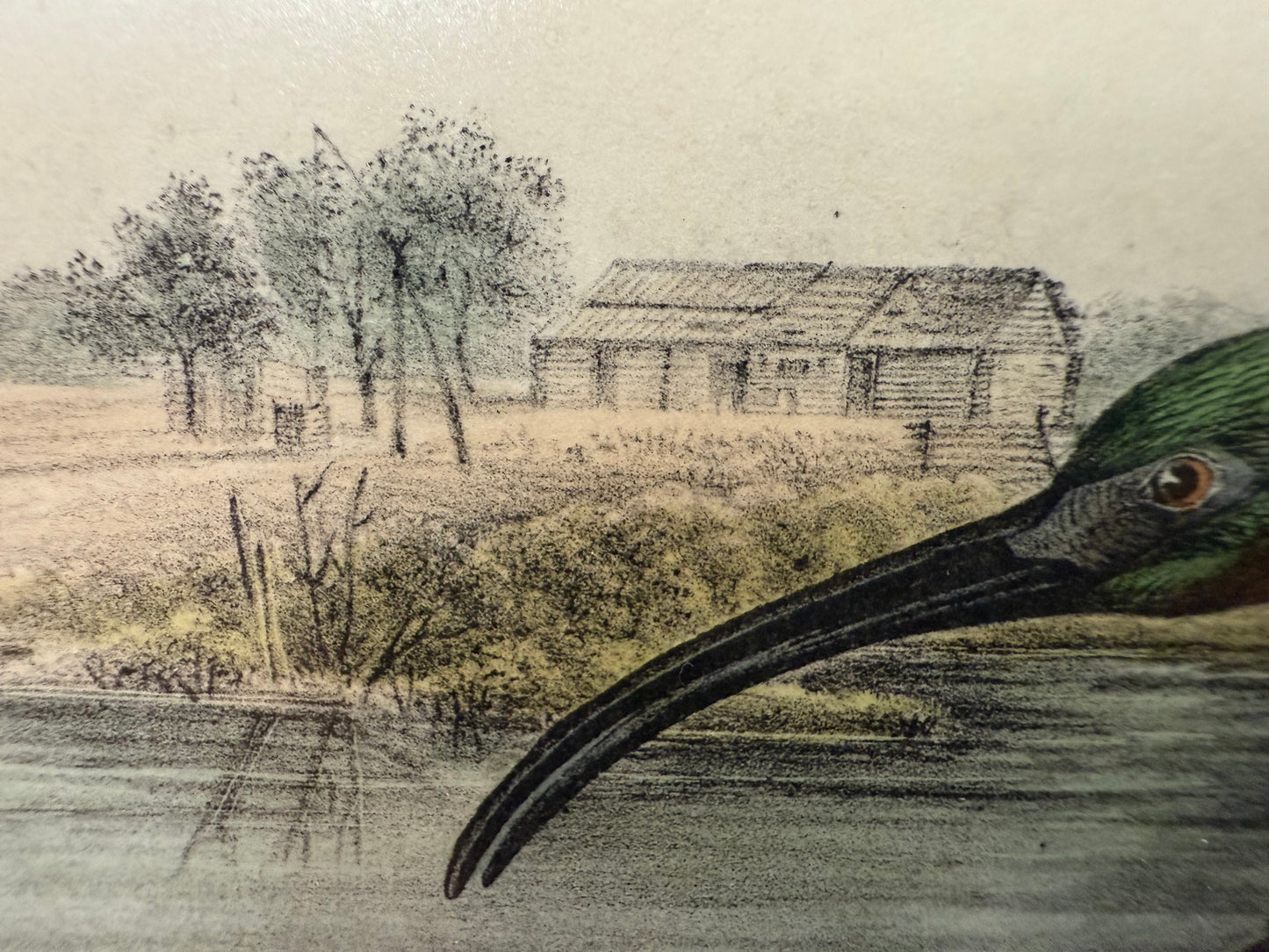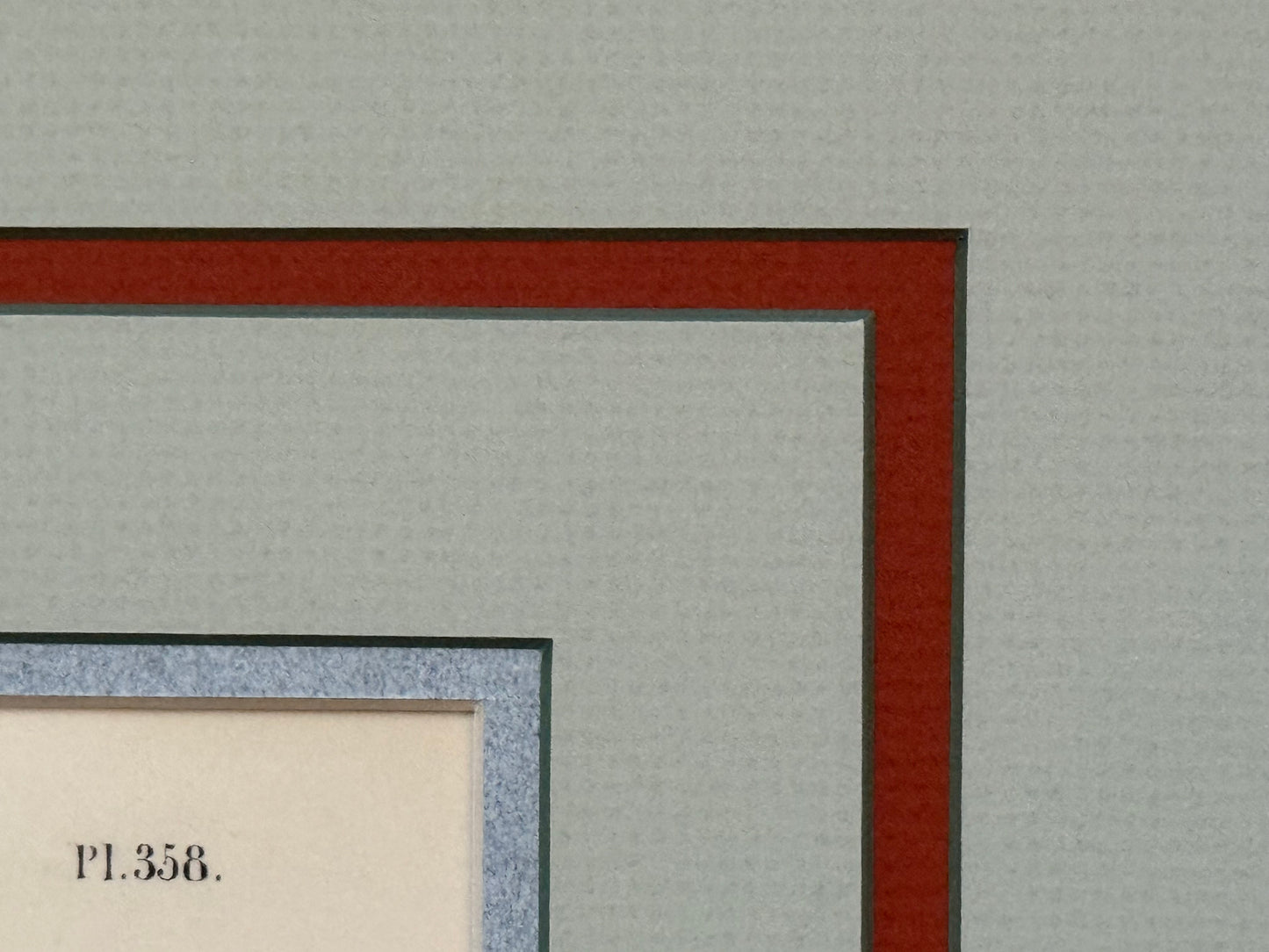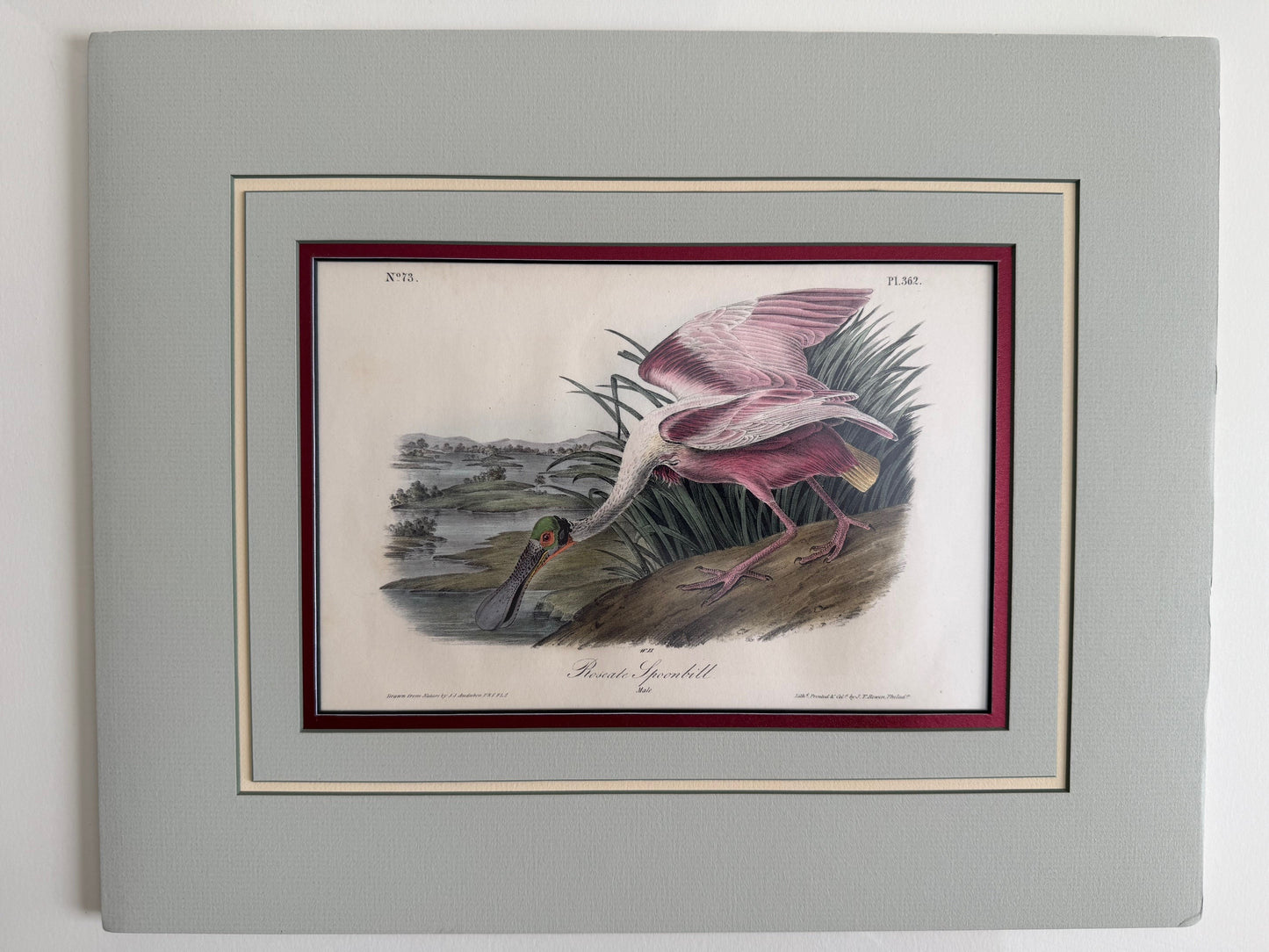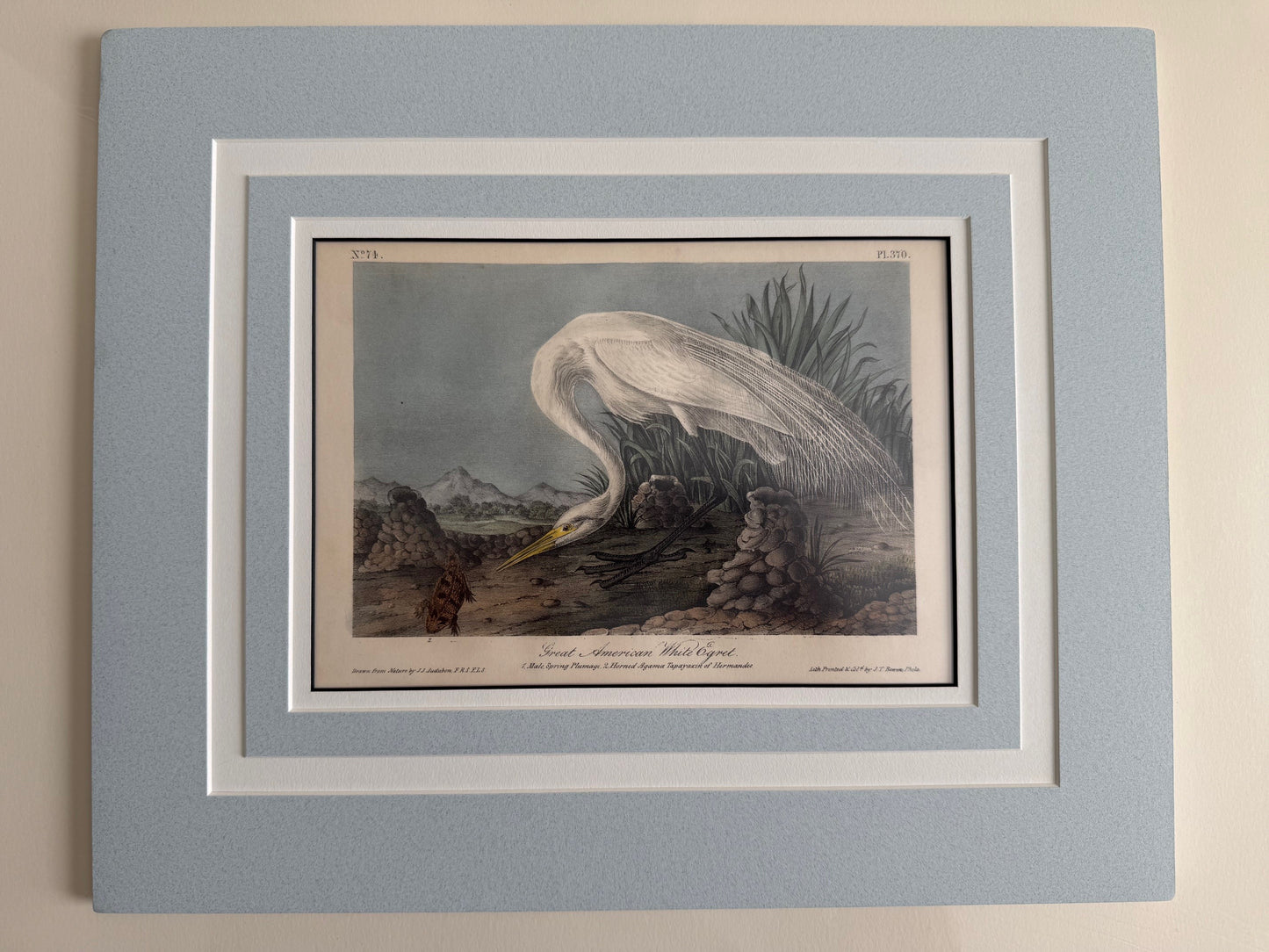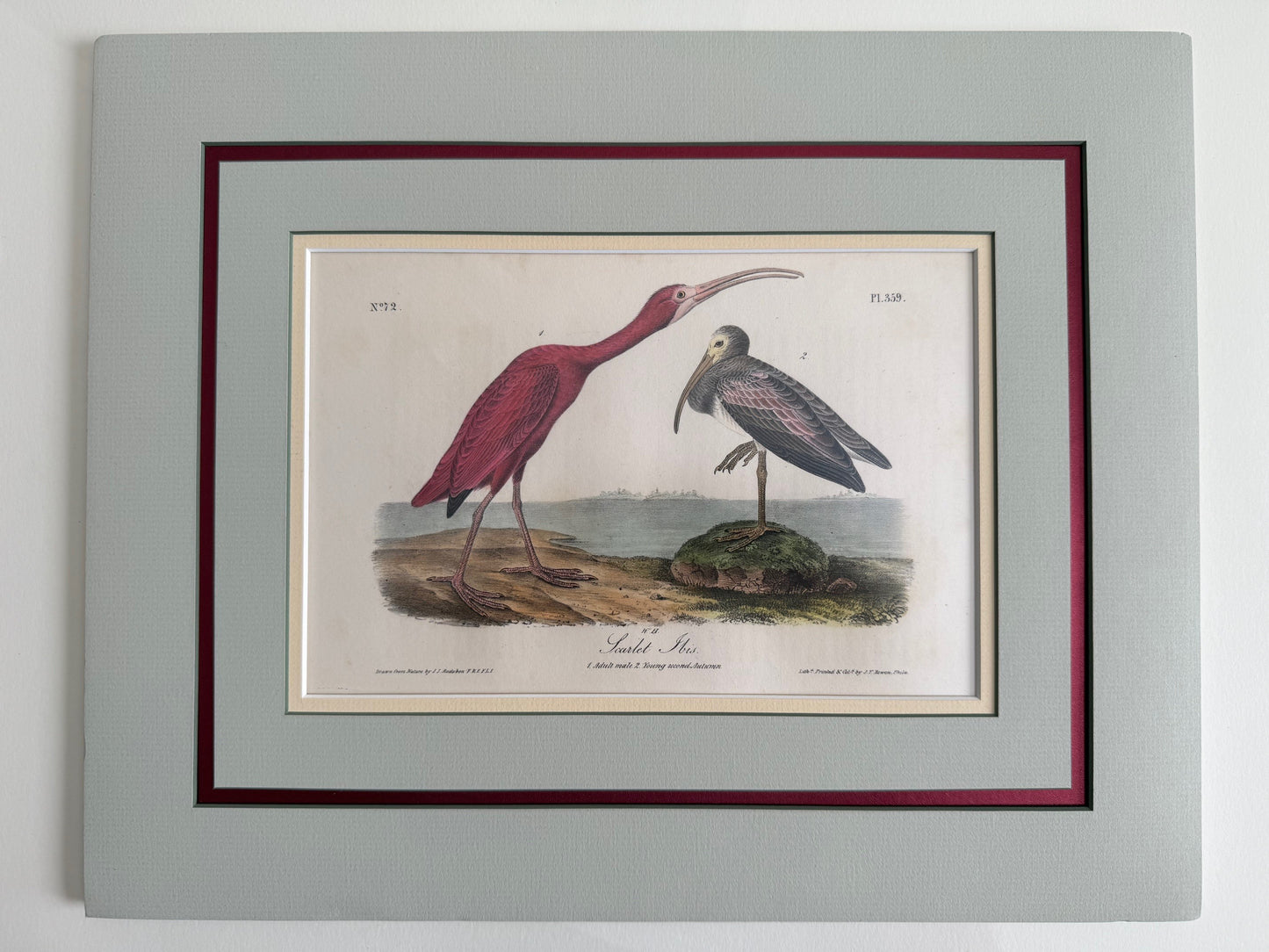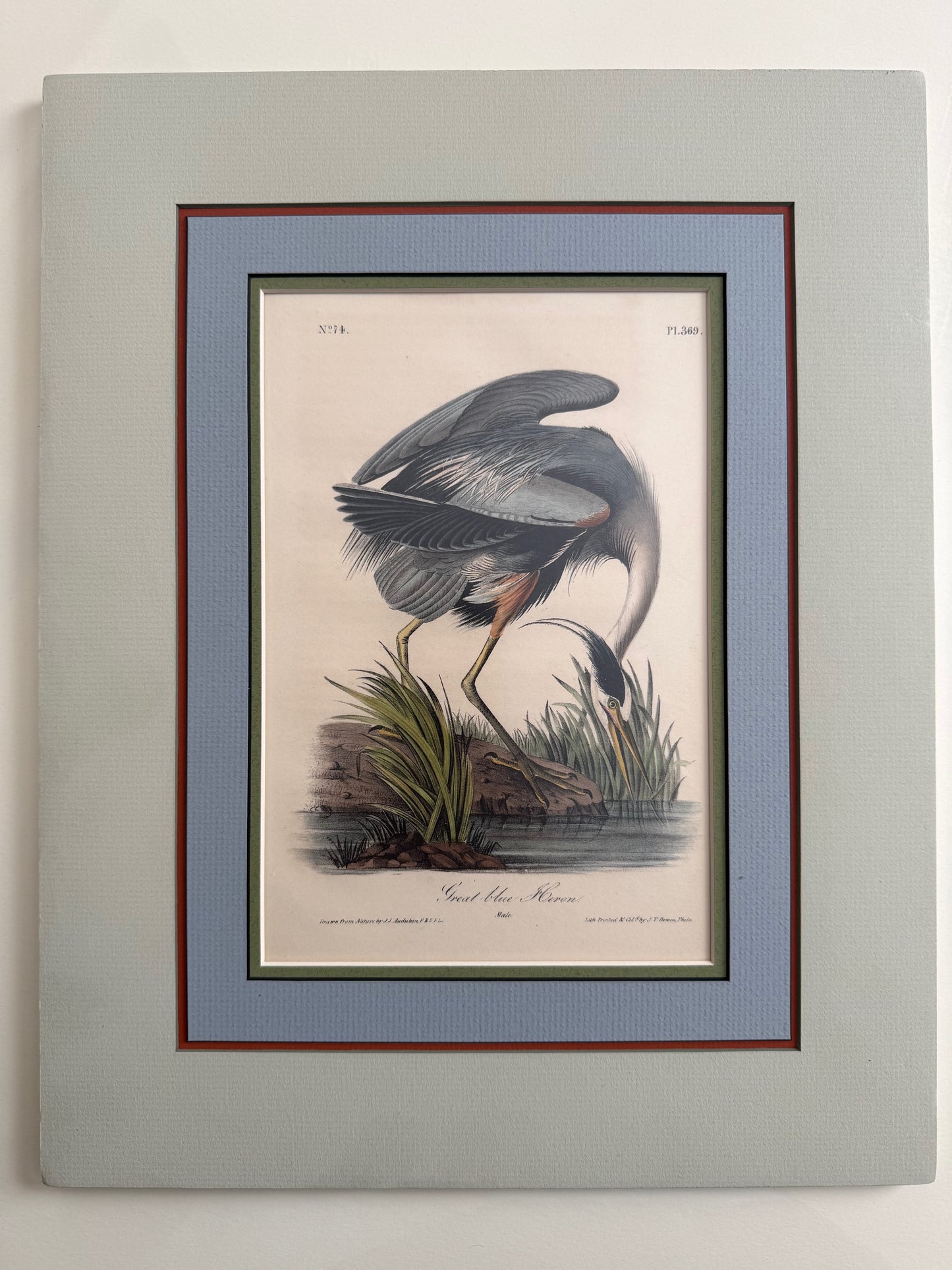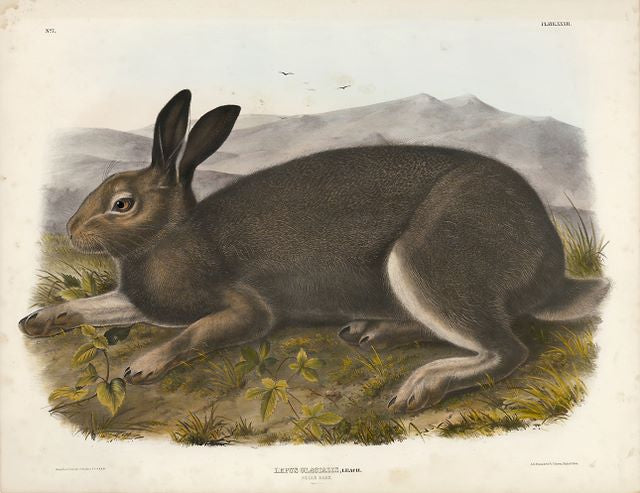John James Audubon's Birds of America
7) Fine Art Baby Elephants
Audubon's Viviparous Quadrupeds
"Princeton Audubon Prints and Ed were simply amazing to work with. Ed is knowledgeable, communicative, honorable, and patient. He deftly handles transactions and shares in the enthusiasm of both seller and buyer. He marketed and sold several beautiful Audubon original elephant folio prints on my behalf. I look forward to another opportunity to work with him."
What is an Audubon print?
An Audubon print is either an original produced by Audubon and/or his family during the nineteenth century or any of the later reproductions. Audubon produced prints on paper, as did those who produced reproductions. They are all Audubon prints, a rather generic term. Thus, it is best to differentiate by simply terming the originals as original Audubon prints. We advise caution as several Audubon print websites do not clearly distinguish between nineteenth century originals and their own reproductions, sometimes terming their reproductions as Havells (Audubon's engraver) instead of reproductions of Havells. You will also often see common reproductions on sites such as eBay presented as originals. Further, Audubon prints advertised as vintage are usually reproductions of little or no value.
How can I tell if my Audubon print is real and authentic?
The dimensions for Havells on average are 26 1/4" x 39 1/4". Occasionally, about an inch more or less is trimmed from one of the longer sides where previous owners may have removed original binding marks. Additionally, there often is a rectangular impression, a border within the paper border, that surrounds the printed image. This is caused by copper engraving plates being pressed into the dampened paper. Here is a comprehensive list of all double elephants, along with their respective copper plate sizes. The size of the impression should match this list. Be careful, since some reproductions have false plate impressions. If unsure, gently run the tip of your index finger from the center of the image all the way across the plate mark. A true plate impression will be smoother within the impression than outside. This is because the pressure from the copper plate smoothed out the ridges and valleys in the paper, leaving the area outside the copper plate untouched,
If the print is unframed, carefully hold it up to a source of light and view the back. All untrimmed Audubon double elephant folio Birds of America prints have a visible countermark. Here is what it should look like. However, finding the countermark on larger images may be difficult since ink may obscure it. The countermark is like a watermark, but it consists only of lettering and lacks artistic elements. It stretches about 10 inches across the paper and is approximately 1 inch in height. The countermark is either 'J Whatman/Turkey Mill' or 'J Whatman' with a date following, typically ranging from 1825 to 1838.
It says, 'Drawn from Nature by JJ Audubon.' So, is it original?
Not likely. It's important to clarify that the presence of script at the bottom of a print—stating it was "drawn from nature by Audubon" or "engraved by Havell or Bowen"—does not in itself confirm the print as an original. High-quality reproductions also include this script because it is an integral part of the artwork. This inclusion can inadvertently lead some collectors to believe they possess an original piece. The real concern arises when dealers misrepresent reproductions as genuine Havell engravings, or when terms like "vintage" are used without proper qualification. In these cases, the language is misleading and can create confusion about the print's true authenticity.
Always verify claims with clear, qualified information to ensure that the authenticity of a print is accurately represented.
What is the value of an Audubon print?
All original Audubon prints have value. However, there is no price list since each print differs from the other regarding condition and provenance. Guidance can be given based on auction and private sales. All prices listed for originals on the Internet or bricks and mortar stores should be considered asking prices. The smallest of Audubon originals, the octavo birds and mammals can have a value of less than one hundred dollars to several thousand dollars, depending on the popularity of the image and condition of the print. Imperial mammals which measure about 21 x 28 inches are generally valued from about five hundred dollars to tens of thousands of dollars, again depending upon the popularity of the image and condition of the print. Audubon Havells rarely sell for less than one thousand dollars for smaller images but can sell for upwards of one hundred and fifty thousand for the larger images, again depending upon the popularity of the image and the condition of the prints. Interestingly, Audubon double elephant prints with a plate number ending in the number 1 or 6 will generally be the most valuable.
Are Audubon's double elephant prints life-size?
Yes. The birds in the foreground of Audubon double elephants are exactly life-size. But to this Audubon adds, ""Merely to say, that each of my illustrations is of the size of nature, were too vague ... Not only is every object, as a whole, of the natural size, but also every portion of each object. The compass aided me in its delineation, regulated and corrected each part, ... The bill, the feet, the legs, the claws, the very feathers as they project one beyond another, have been accurately measured." John James Audubon. Ornithological Biography, Volume 1
What does the watermark look Like?
The watermark, which is actually a countermark, can be seen on the back of untrimmed Havells and stretches across about 10 inches. Here is a picture. The name J Whatman is often followed by the year the paper was manufactured. The name Turkey Mill appears in some countermarks, evidently alluding to the mill’s original purpose of grinding Turkey Wheat from India.
What is the copper plate?
A copper plate is just like it sounds, a large smooth rectangular sheet of copper. Here is a picture of the copper plate for the Labrador Falcon owned by a private collector. Note the reverse image etched into the plate and the resulting properly oriented image. Havell, often under the direct supervision of Audubon himself, would then engrave with precision tools a reverse image of the watercolor study into the copper plate. Some plates being as large as 27 1/2 x 39 1/2 inches, and others being smaller for the smaller images. When finished, the plates were inked and dampened paper (all paper being double elephant size, 27 1/2 x 39 1/2 inches, untrimmed) was placed upon them, and then both were pressed together. The paper was then pulled or peeled off the plate. What resulted was a properly oriented black and white image, no longer reversed.
This was repeated about 200 times, after which the engravings lost their crisp edge. This is why many documents and works of art from this time period were limited to about 200 copies.
What size is the copper plate for my print?
Here is a list of copper plate sizes.
The sizes listed above will correspond to the plate mark impression on Havells.
What is The Lord-Hopkins Collection?
The Lord-Hopkins Collection represents the last known prints to come out of Bowen's Philadelphia studio. Discovered in 1923 by Mary A. Guerrero Lord who was visiting her mother Henrietta Potter James, owner of the house on the corner of South 9th Street in Philadelphia and what is now known as Bonaparte Ct. Her home was earlier rented by Joseph Bonaparte, Napoleon’s older brother and Audubon’s friend. The prints, usually in groups of three, were bundled and abandoned in a back alley near the second studio that Bowen used in the 1800’s when producing Audubon’s birds and quadrupeds. We cannot definitively say why these test sheets and pattern prints were purposely kept for some time by Bowen, and perhaps forgotten after his death. We will provide a Certificate of Authenticity noting that they are part of the Lord-Hopkins collection - the last known prints to come from Bowen’s studio. These prints are part of American printmaking history. Many are uncolored, allowing one to see the printmaking process. We suggest collectors frame them to archival standards. In some cases we have the matching original, colored, in our Imperial gallery.
Did Audubon include cameos?
Rarely. Some of his oils have a cameo included. But our original engraving of the Snowy Egret has a figure approaching from the bottom right which has been said to be Audubon. For this reason, many collectors desire this print. You decide.
How to authenticate a Princeton print.
Princetons are absolutely exact documents of the actual originals, and often confused as such. How can I tell that my print is an authentic Princeton and not an Audubon original? Being direct camera productions, Princetons have the same feel and look of the originals. Side by side you cannot tell the difference with the naked eye. However, most Princetons sold from our offices have the embossed Princeton seal at the lower right and the edition number penciled in at the lower left.
The paper is Mohawk Superfine Cover Stock which is specially toned to match the average tone of the existing originals. The paper is not heavy such as that of a giclee, but strong and firm such as the actual original Whatman paper. There is no plate mark, false plate mark, or counter mark on a Princeton.
Further, Princetons are printed on a 300 line, meaning that 300 points of ink fit along a one-inch line. This is exceptional printing far beyond common reproductions. You will need a high-powered loupe to distinguish these dots.
What do the experts say?
"With their astounding detail, definition, and color, the Princeton direct-camera facsimiles have long set the standard in Audubon Birds of America lithographs." - Louise Mirrer, The New-York Historical Society. "True prints, true colors, incredible detail. Princetons are simply the finest Audubon facsimiles ever produced!” - William Steiner, Audubon print collector and author of Audubon Prints: A Collector’s Guide To Every Edition. "Of all the Audubon reproductions, Princetons come the closest in appearance and quality to the originals." Chris Lane, guest appraiser on PBS Antiques Roadshow. "Princeton Audubons stand above all other modern offset facsimile reproductions. The colors are bright, fresh and natural looking, and the amount of detail seen in the images is extraordinary." - Audubon expert Ron Flynn.
As seen in ...
The Royal Society of London, where John James Audubon was a Fellow, displays our prints in Chicheley Hall, a 300-year-old estate in Buckinghamshire, England which serves as the International Science Conference Center. A paper conservator addressed the crumbling portion of an original Havell Wood Duck by using the corresponding section of ours. Additionally, The New York Times featured our Purple Heron when rolling out their original online store. And Martha Stewart Living framed and featured our Snowy Owl. Universities have added our entire collection to their acquisitions. You can display these same prints in your home or office.
Princeton specifications.
Double elephant (life size - 26 1/4 x 39 1/4) •Limited edition of 1500. •Pencil-numbered and embossed with the Princeton Audubon Limited seal. •Up to 11 color plates used. •Specially developed fade-proof inks. Absolute color fidelity to the actual original. •Printed on a 300 line. •Very heavy archival paper which is recommended by the Library of Congress for archives and is specially toned to match the actual color of the antique originals. •Registered to purchaser. •As permanently displayed at The Royal Society of London, where Audubon was a Fellow.
Watercolor studies.
"My drawings were first made entirely in watercolors."
Not watercolors in the sense we are accustomed to, as Audubon's watercolors used mixed media, such as papers, adhesives, glazes, pastels, graphite, oil paint, egg white, gouache, chalk and more. These were preparatory studies to the subsequent producing of the Birds of America.
Audubon Print Primer
